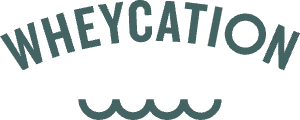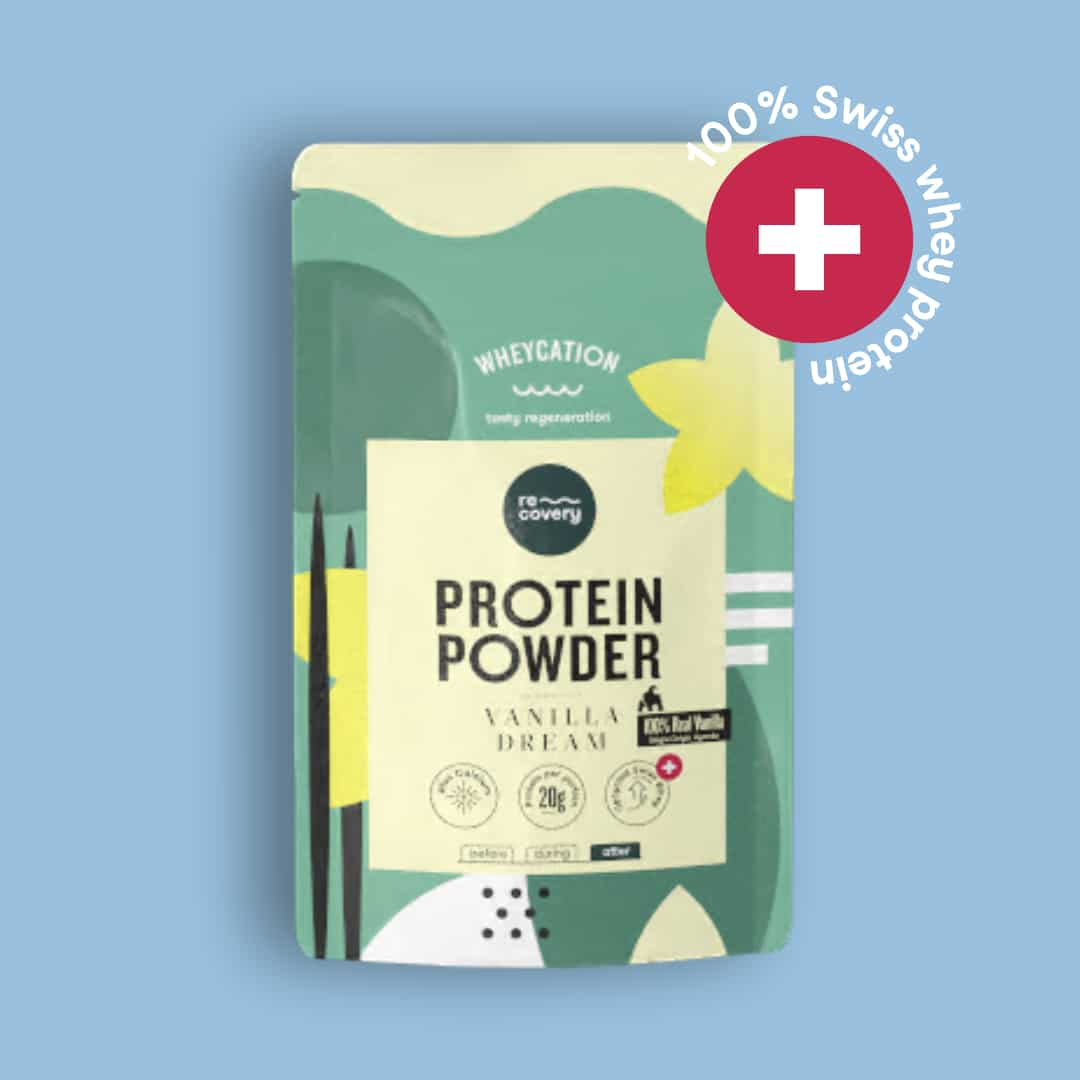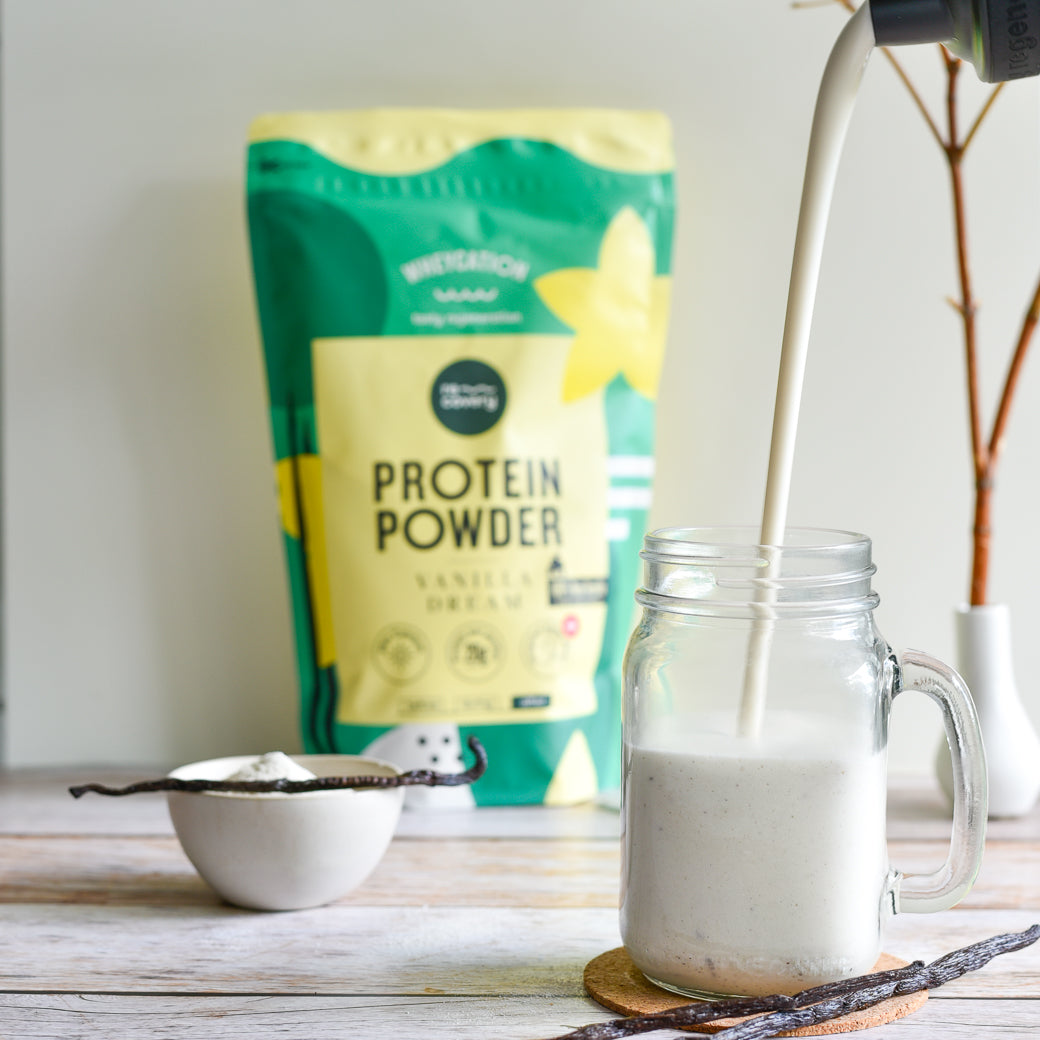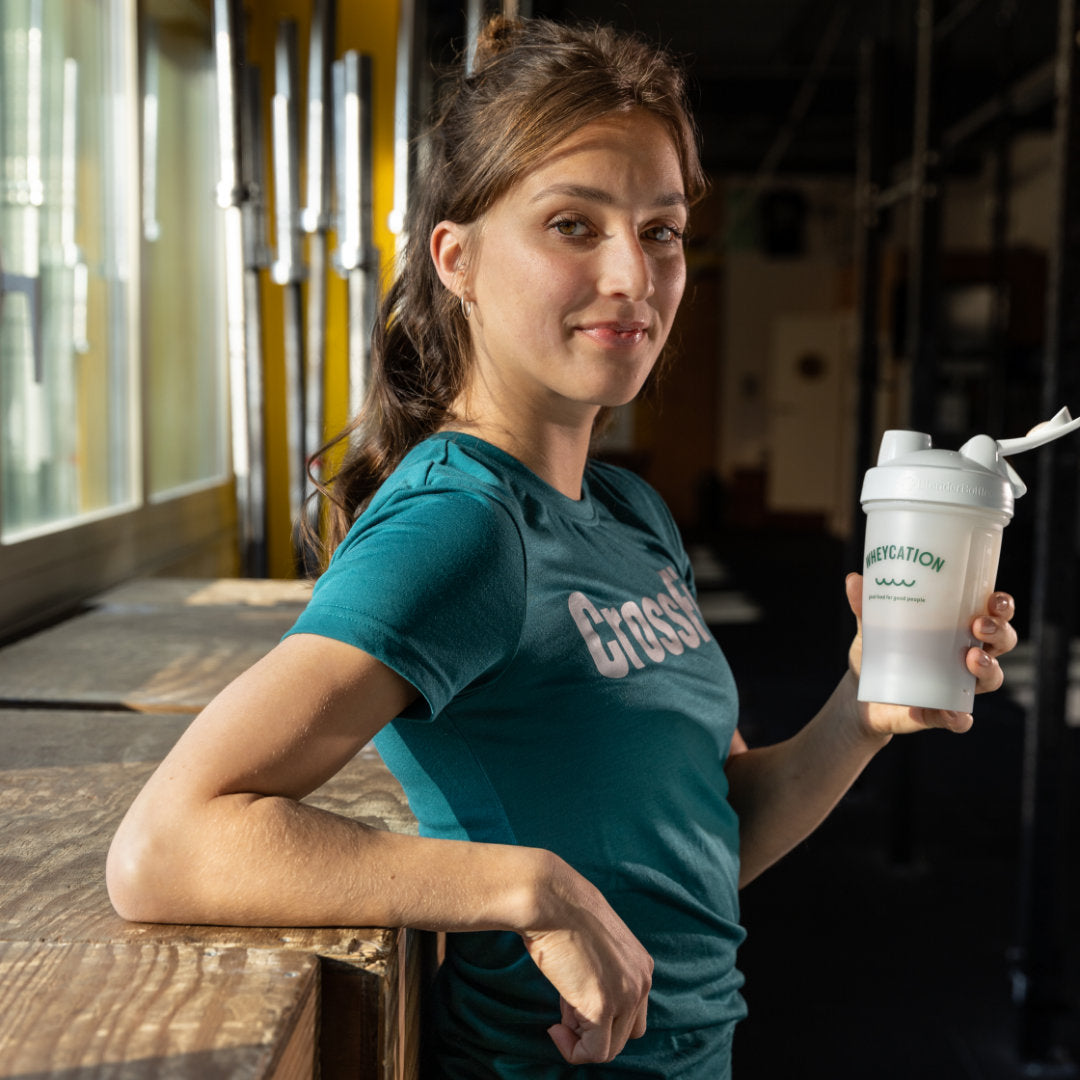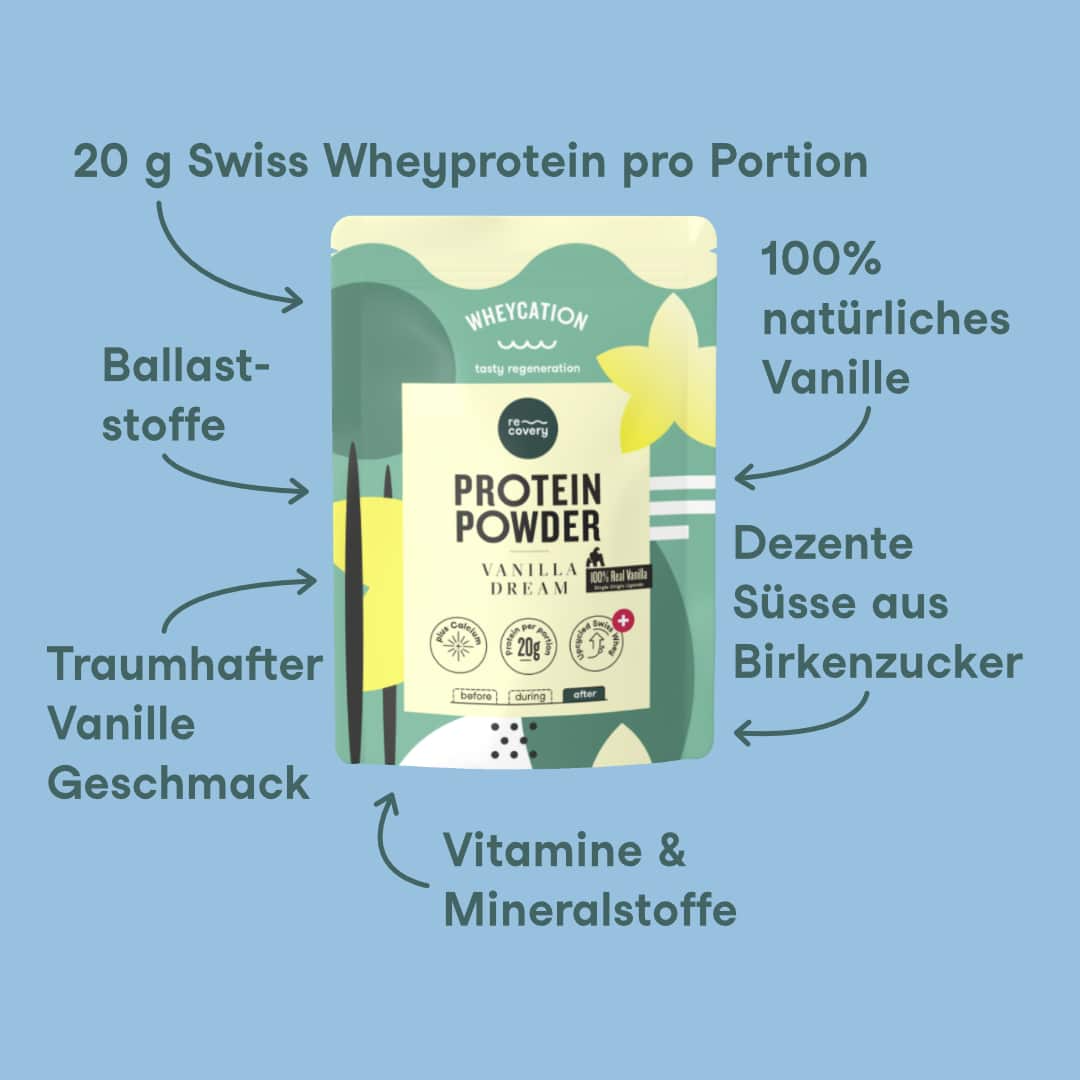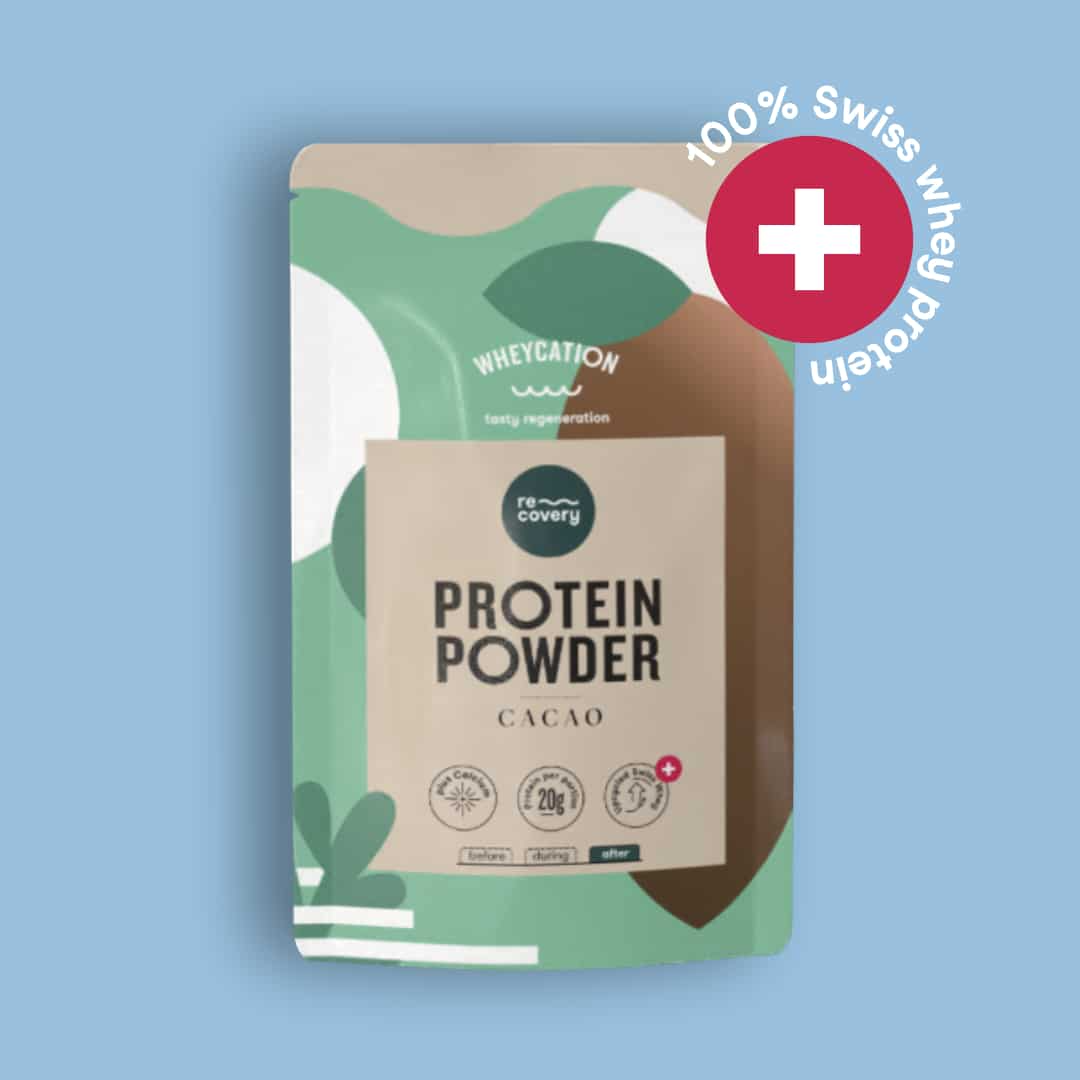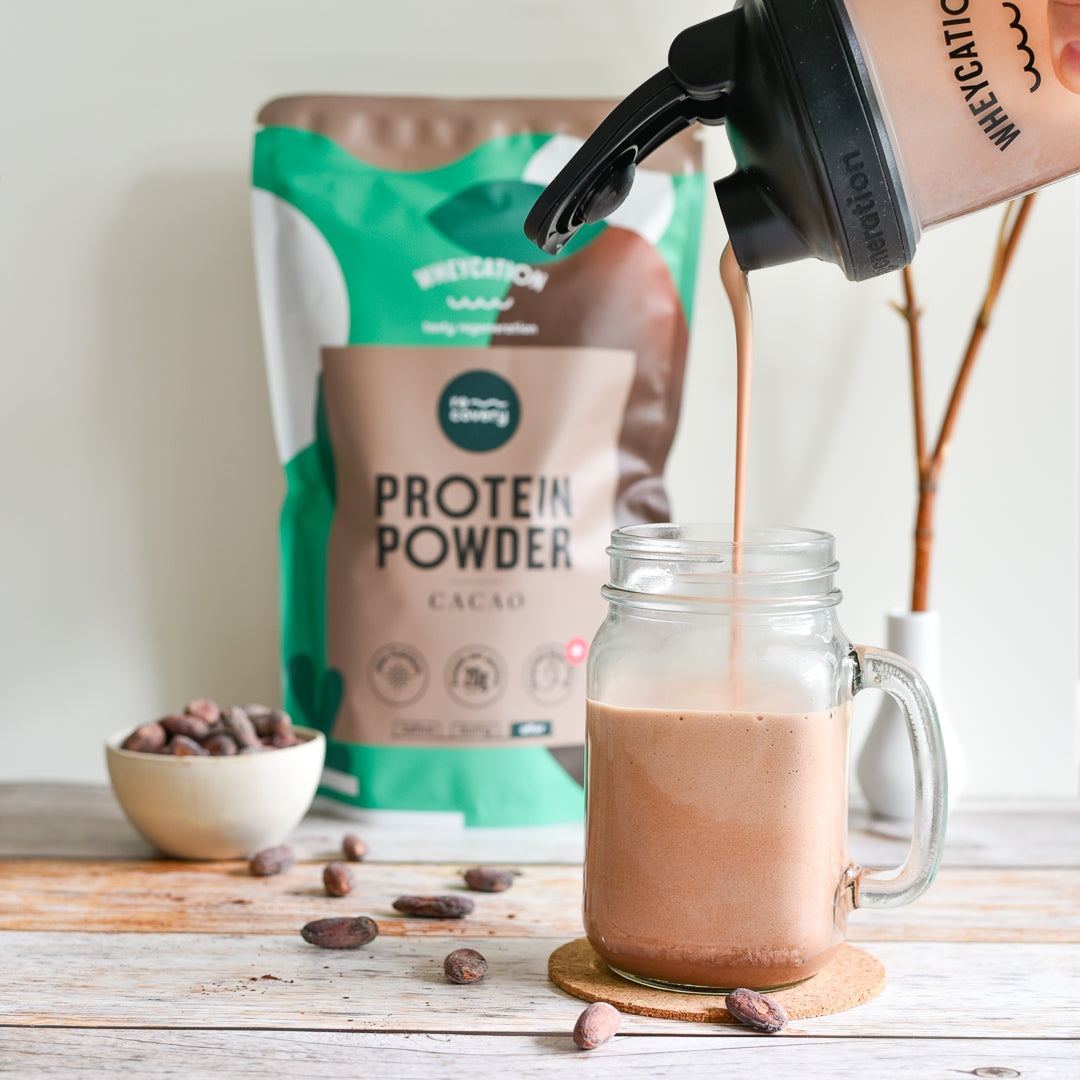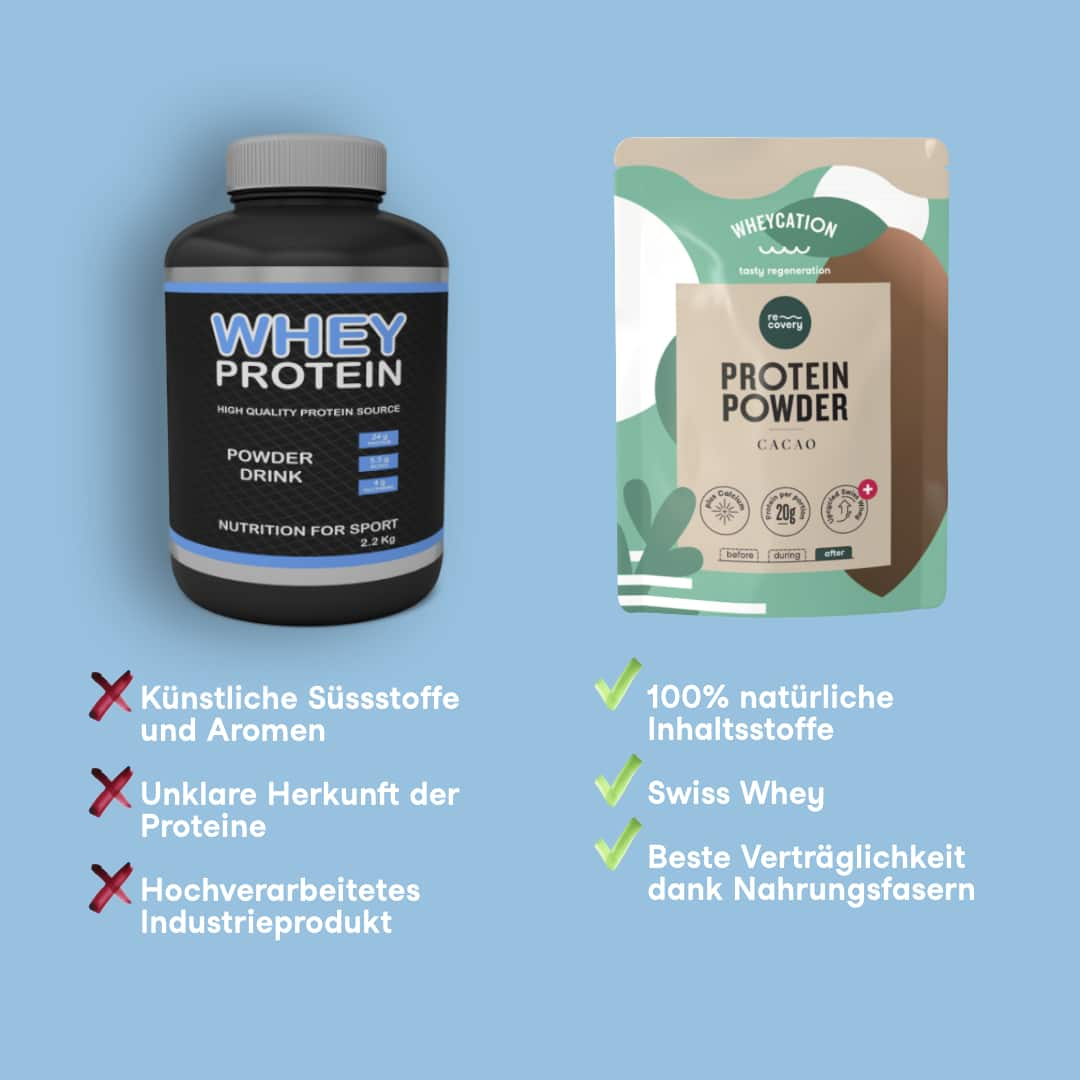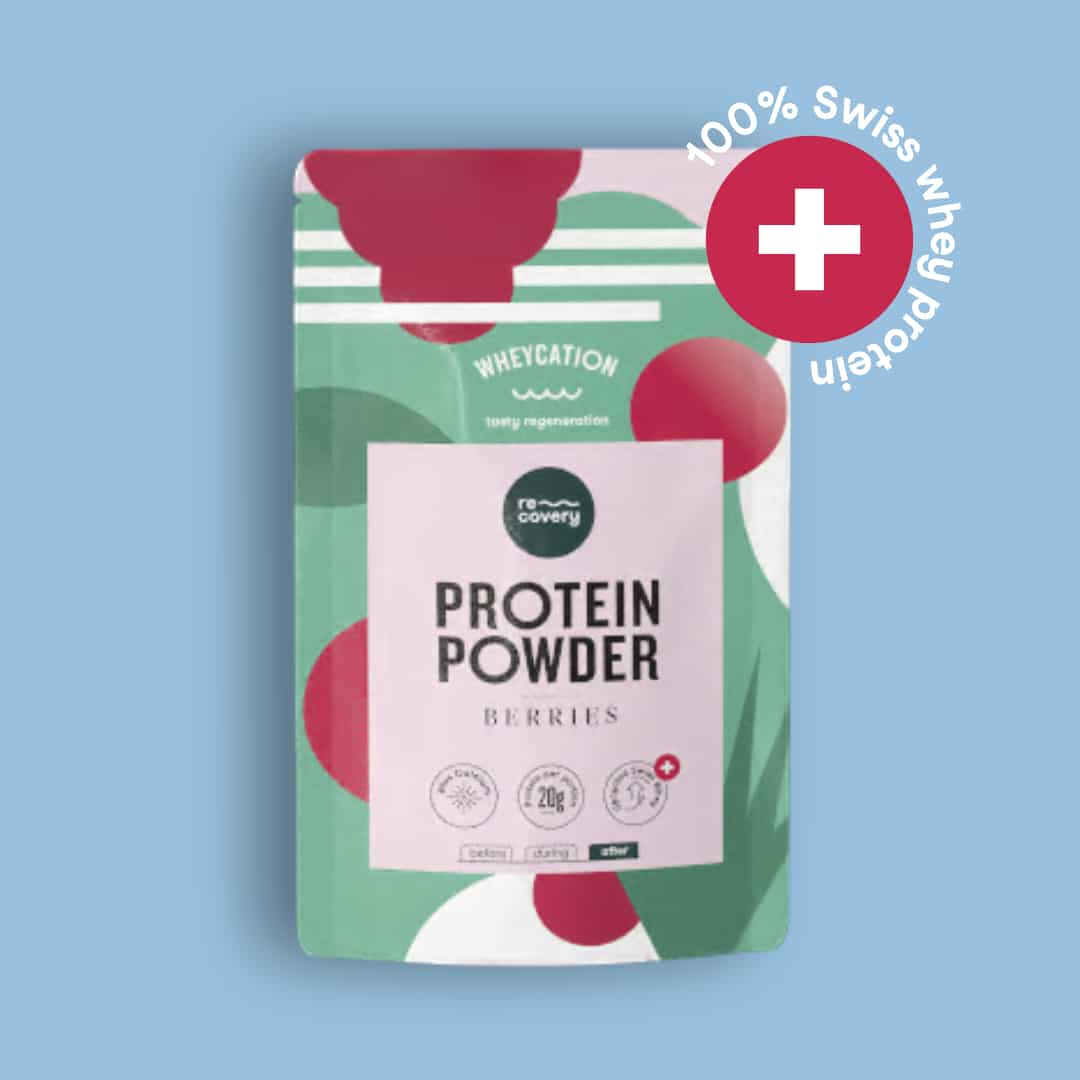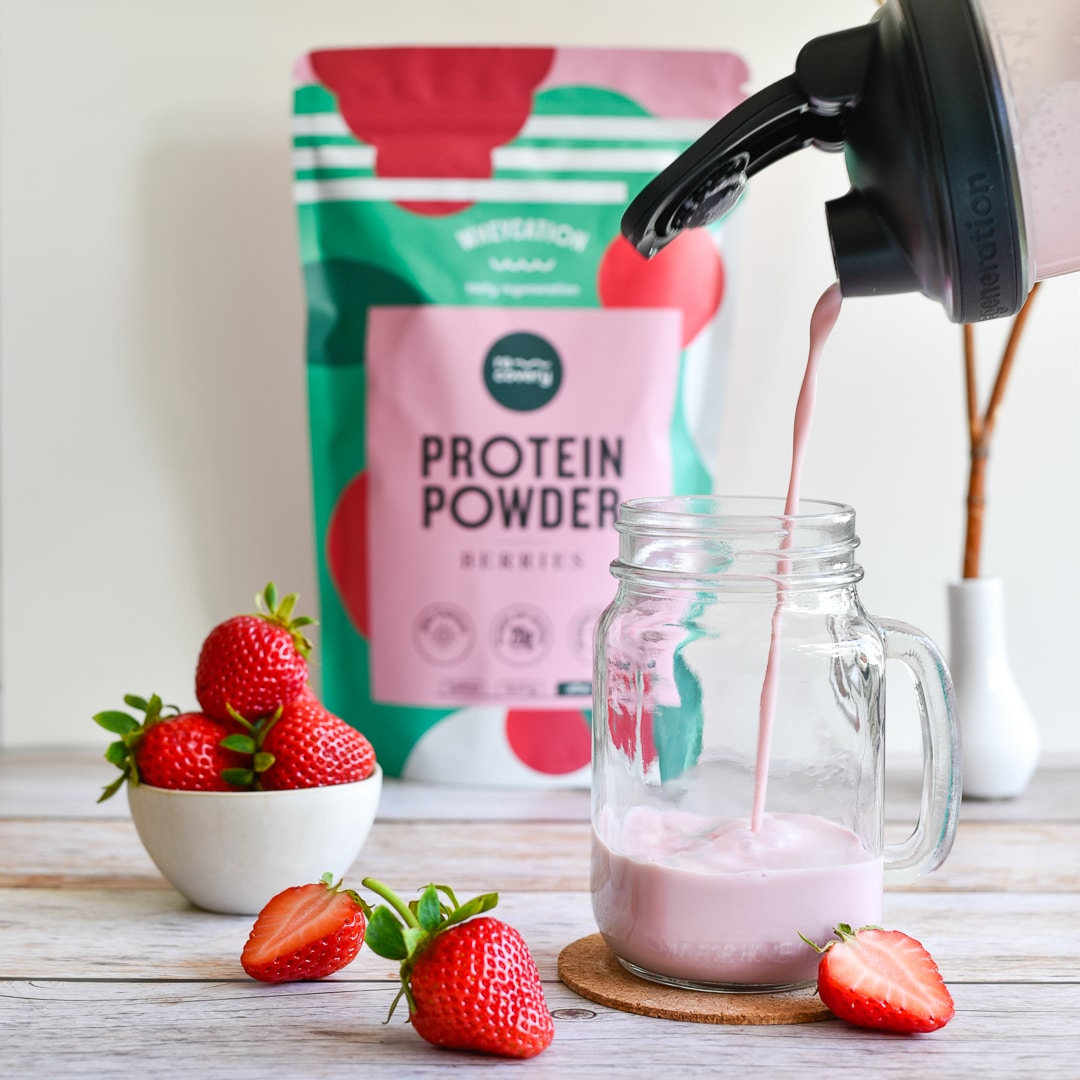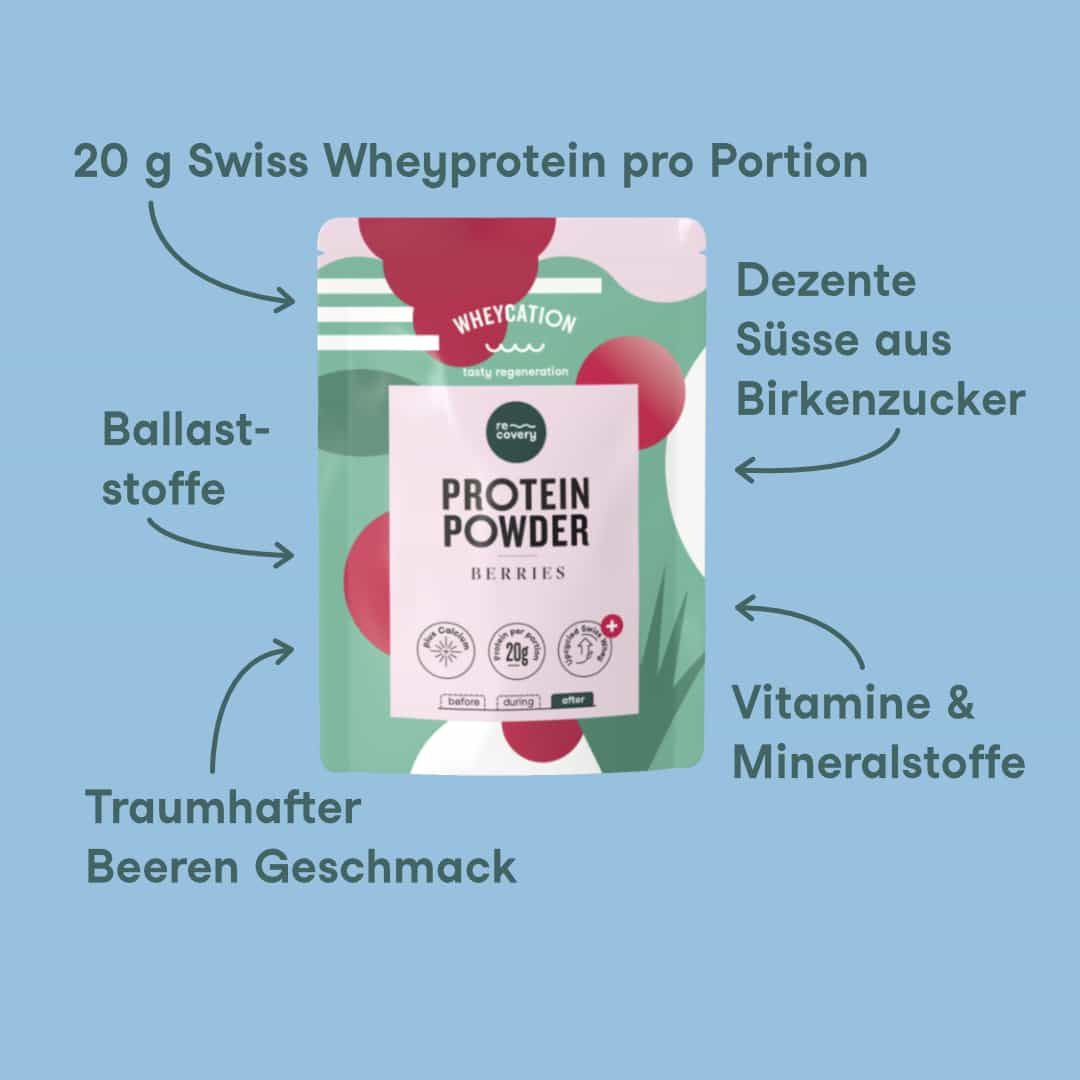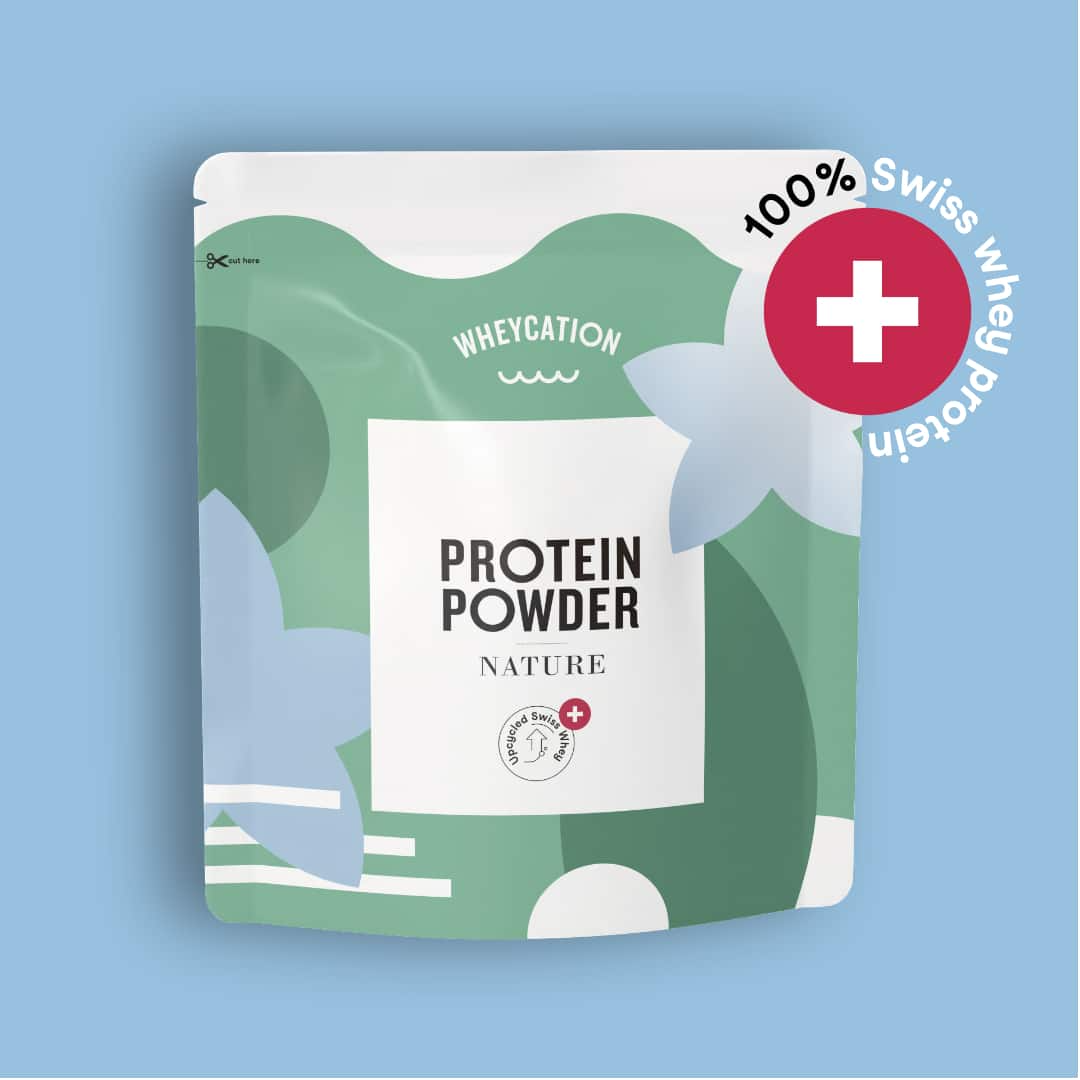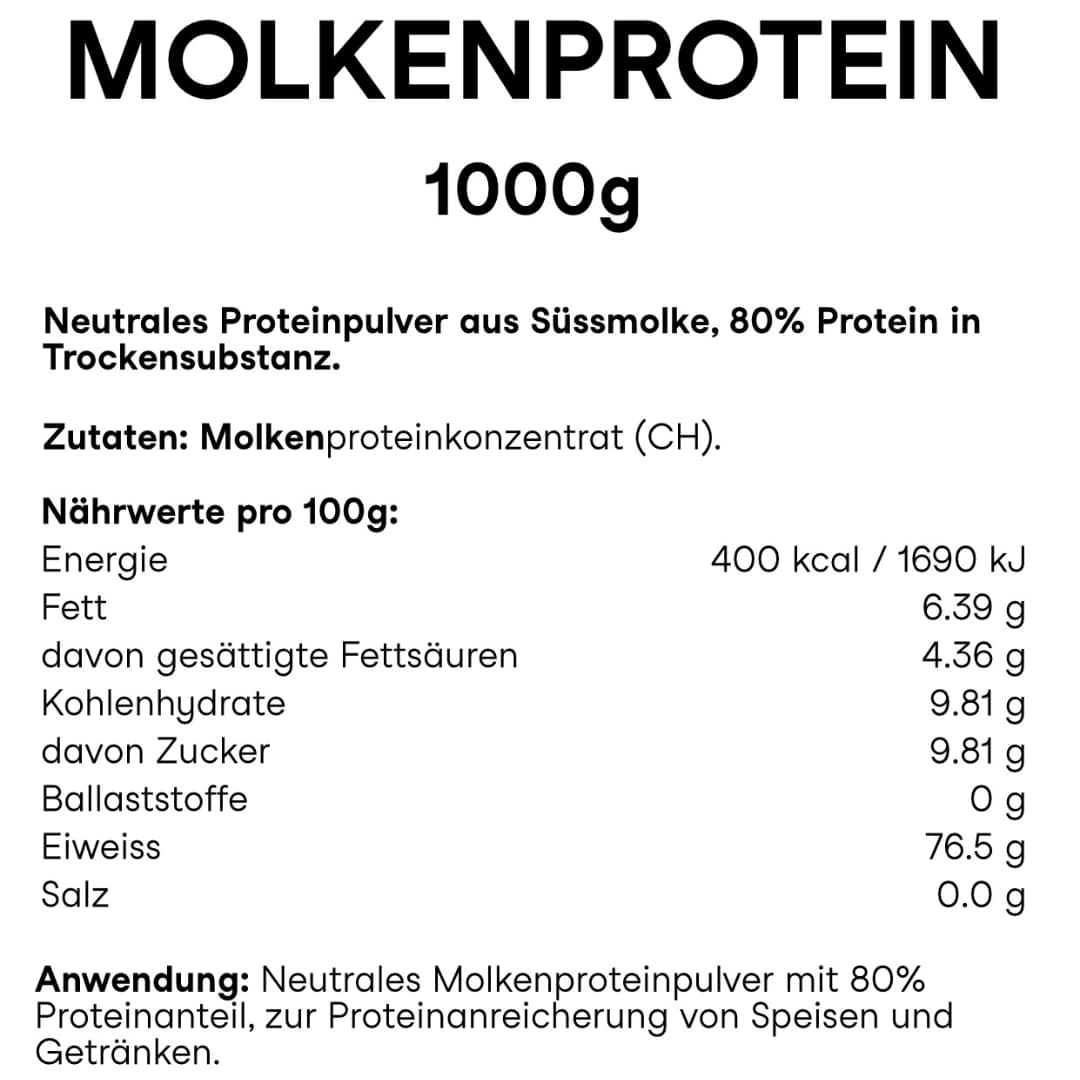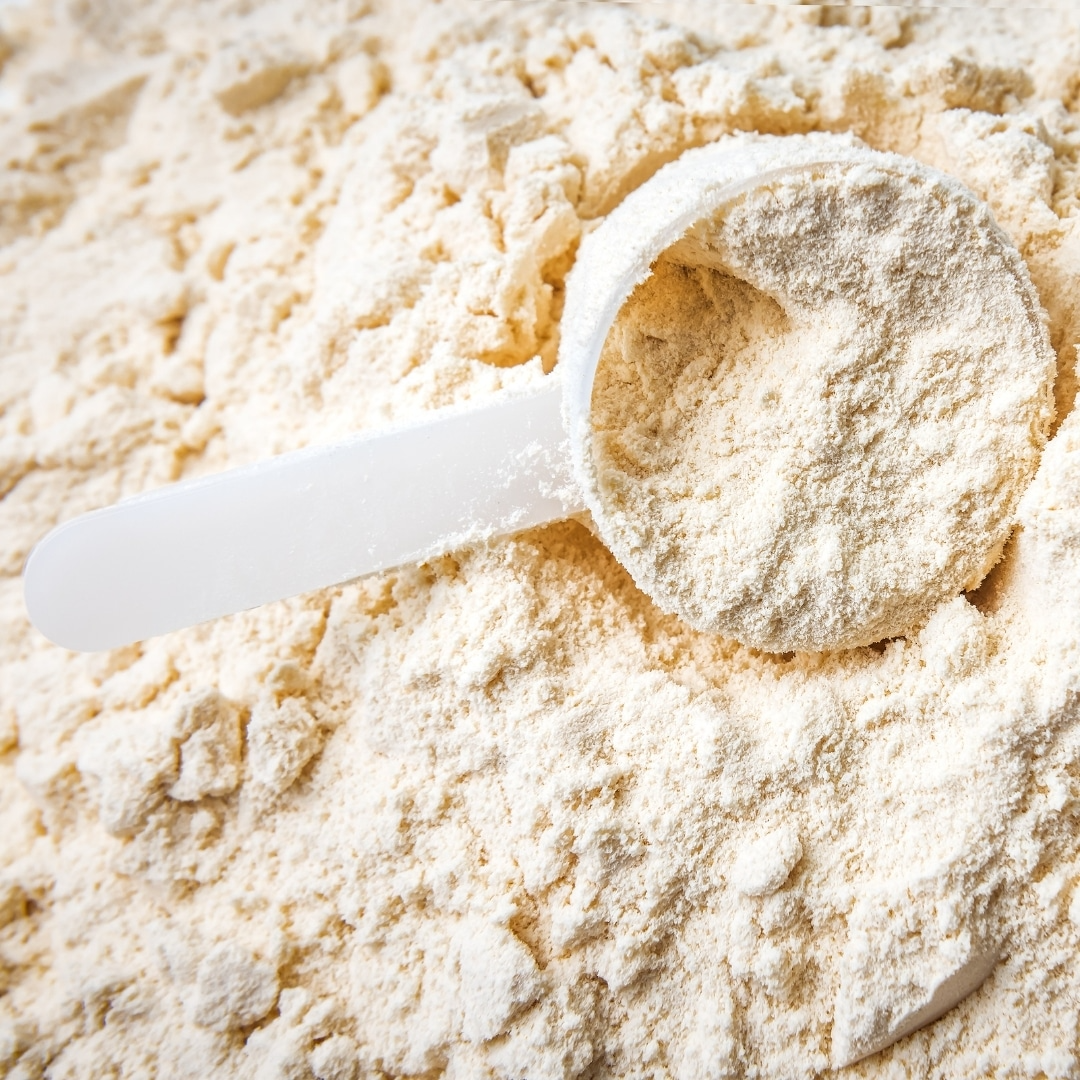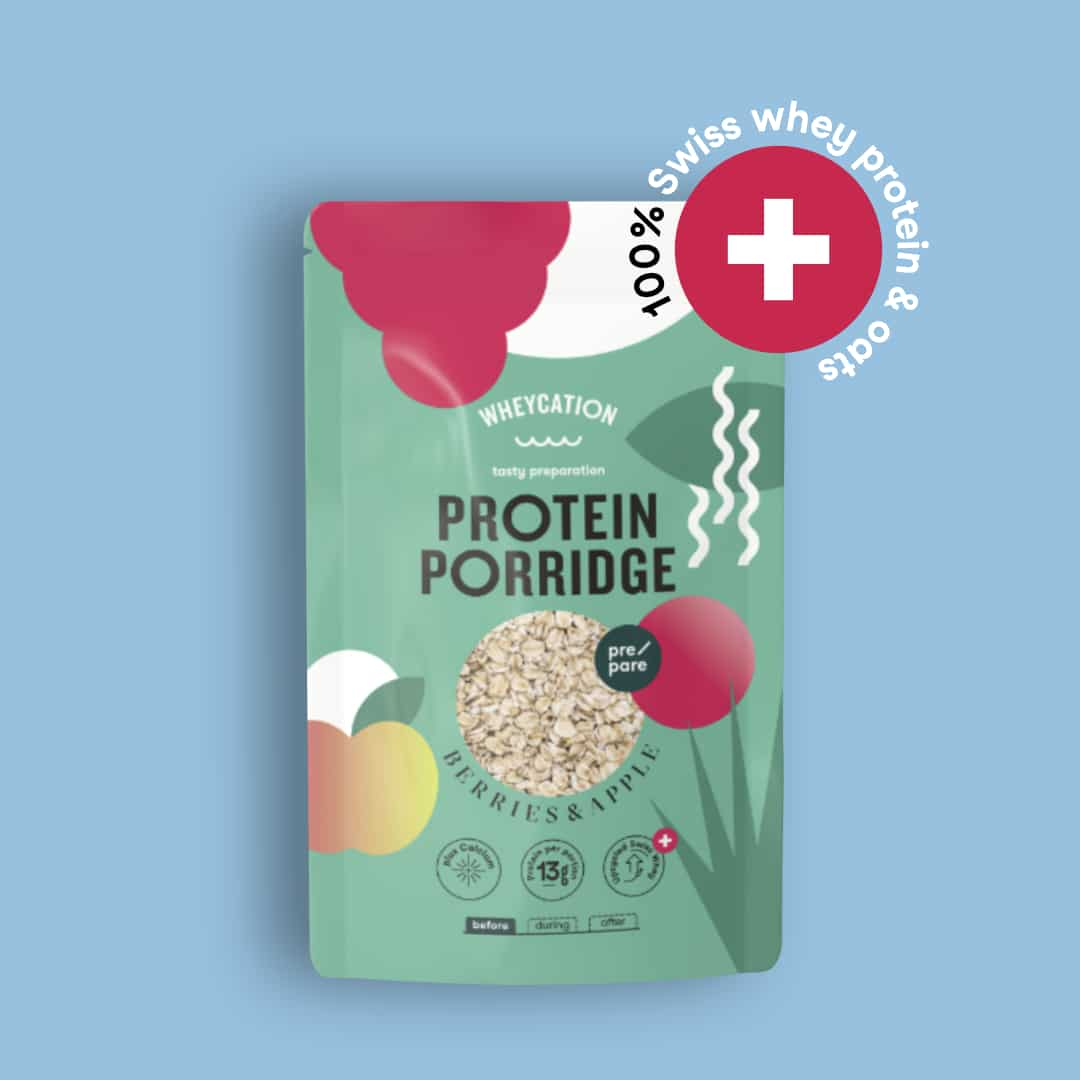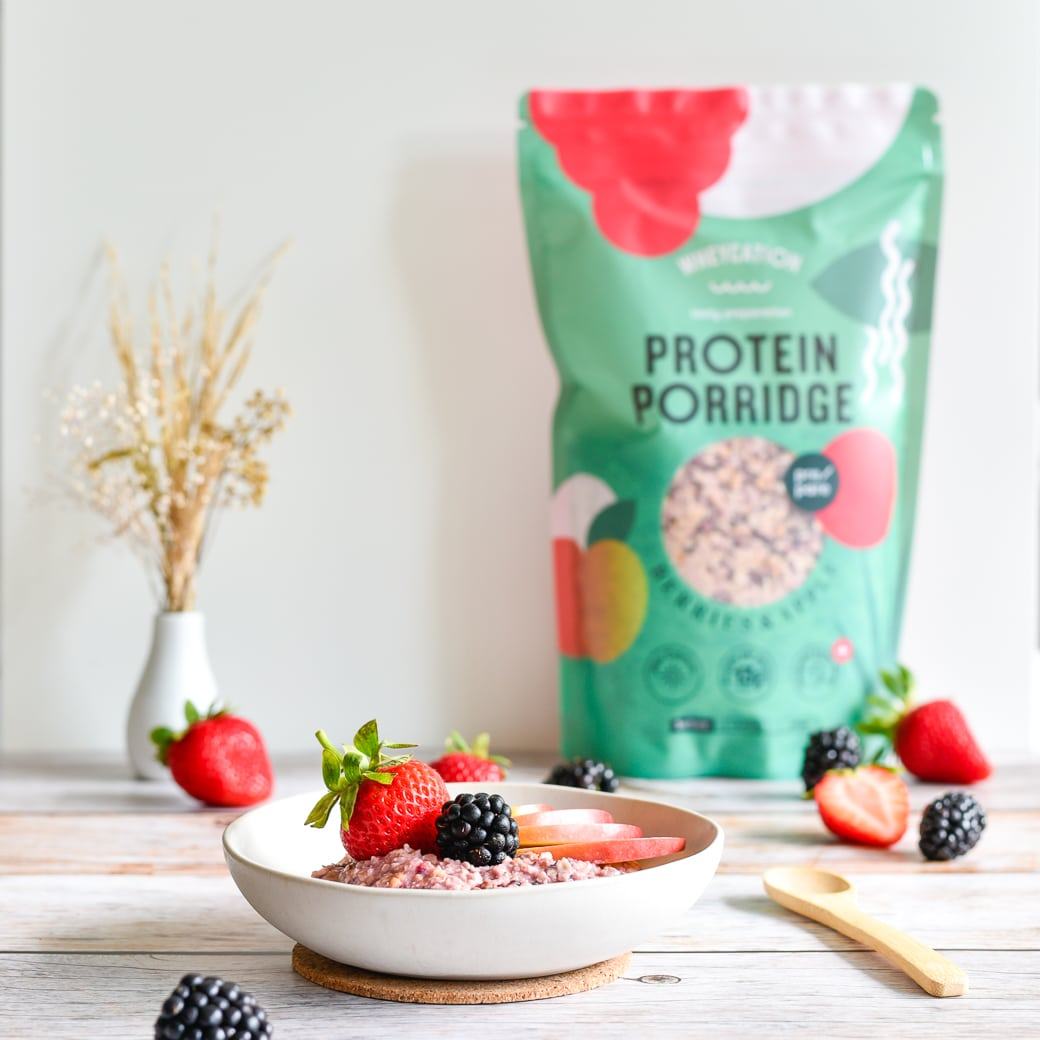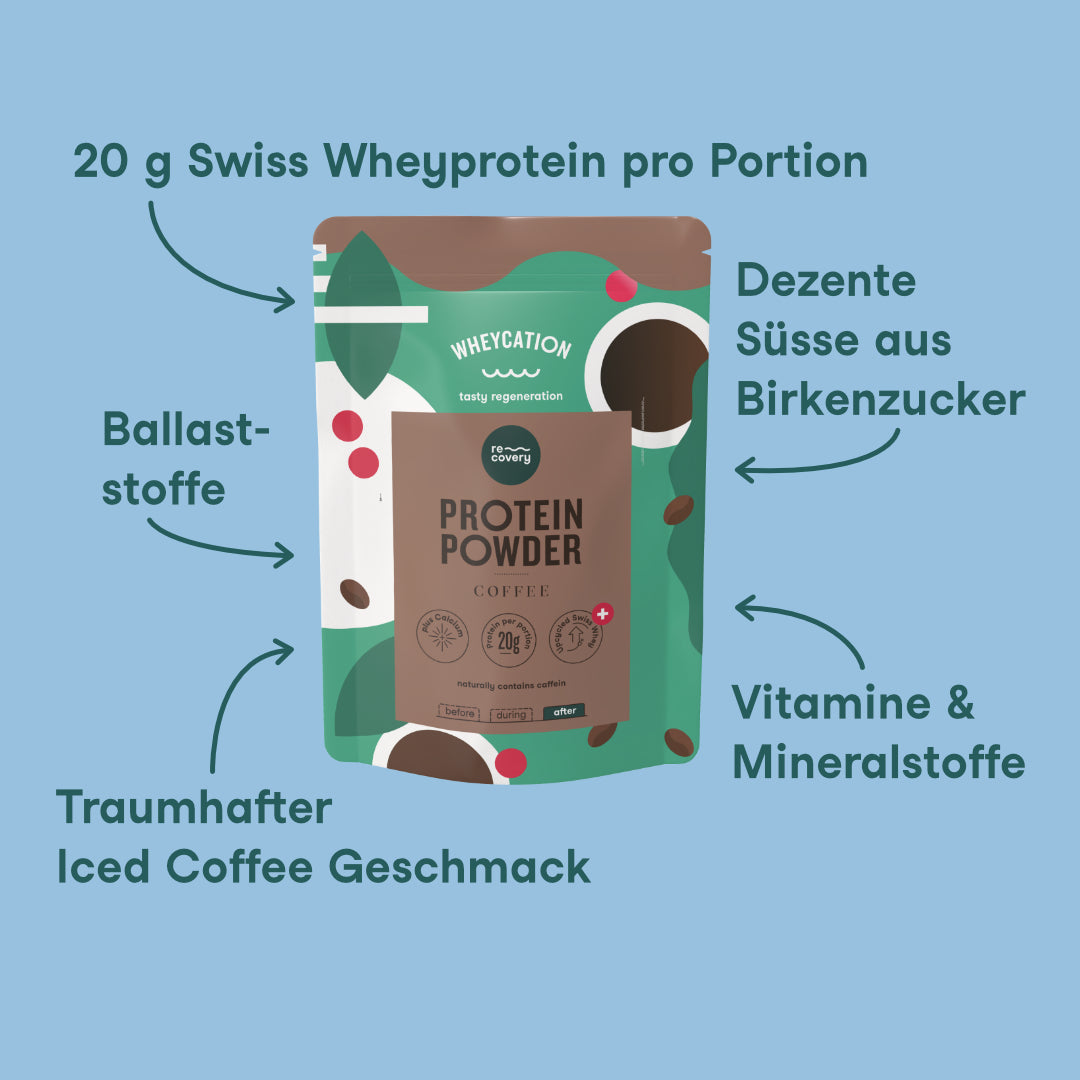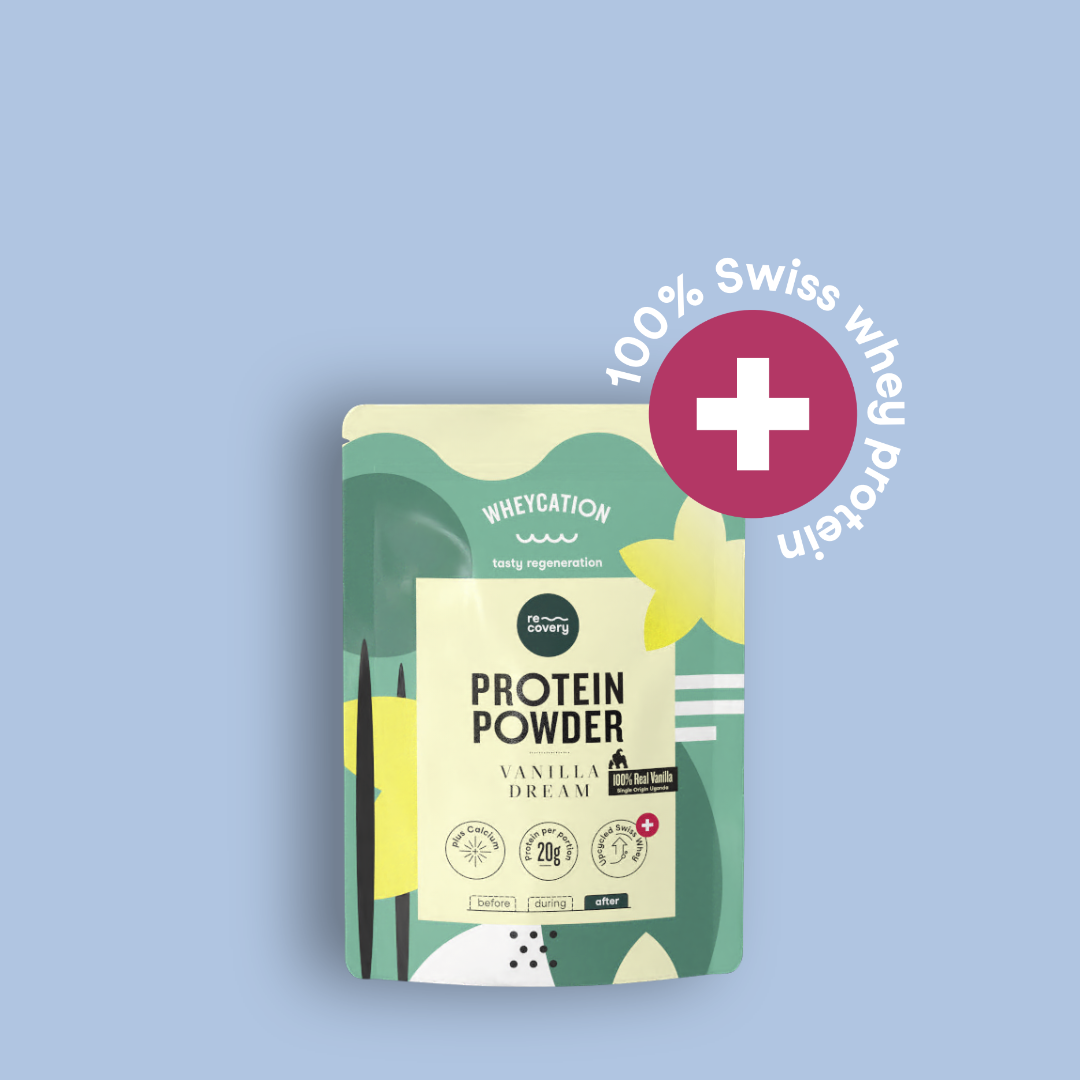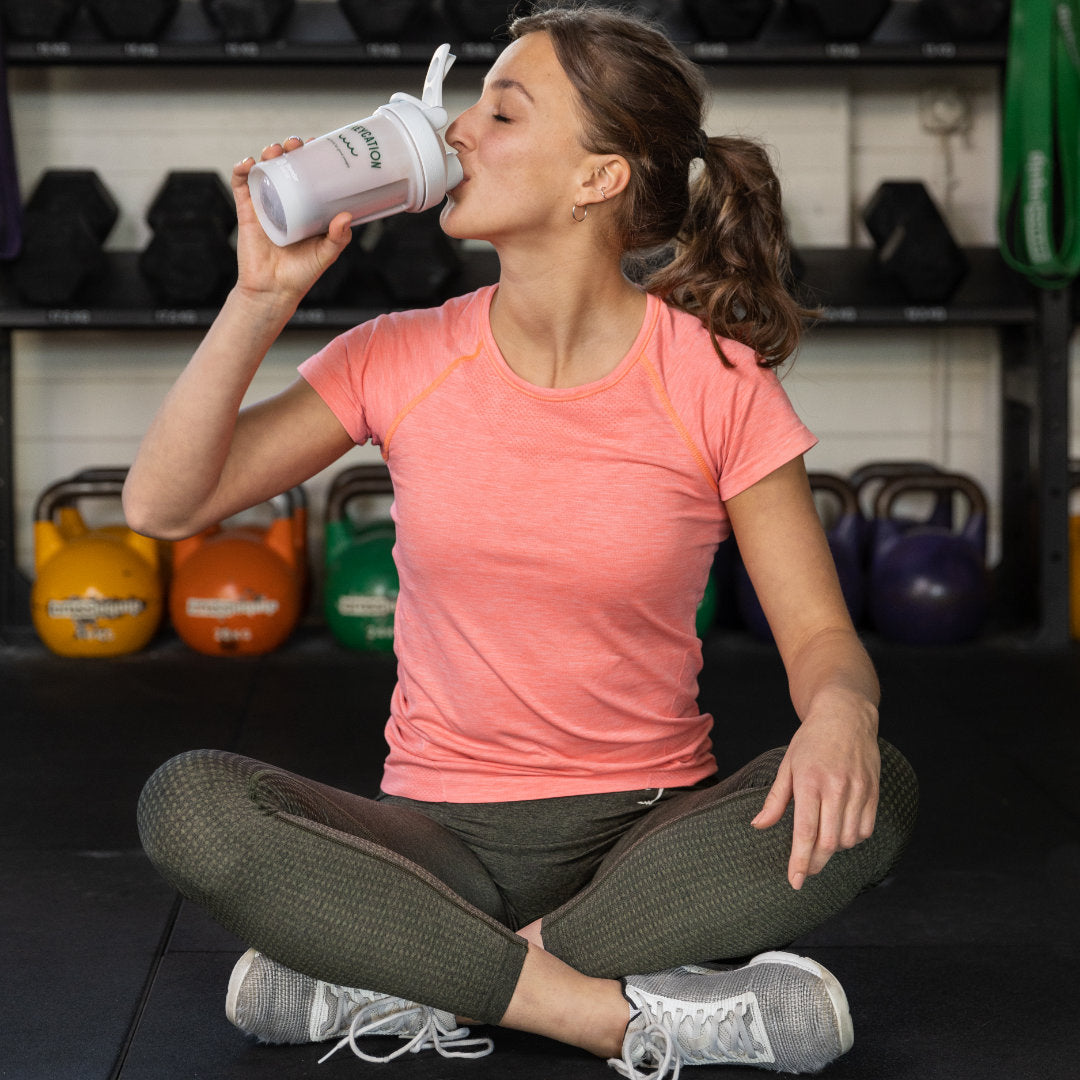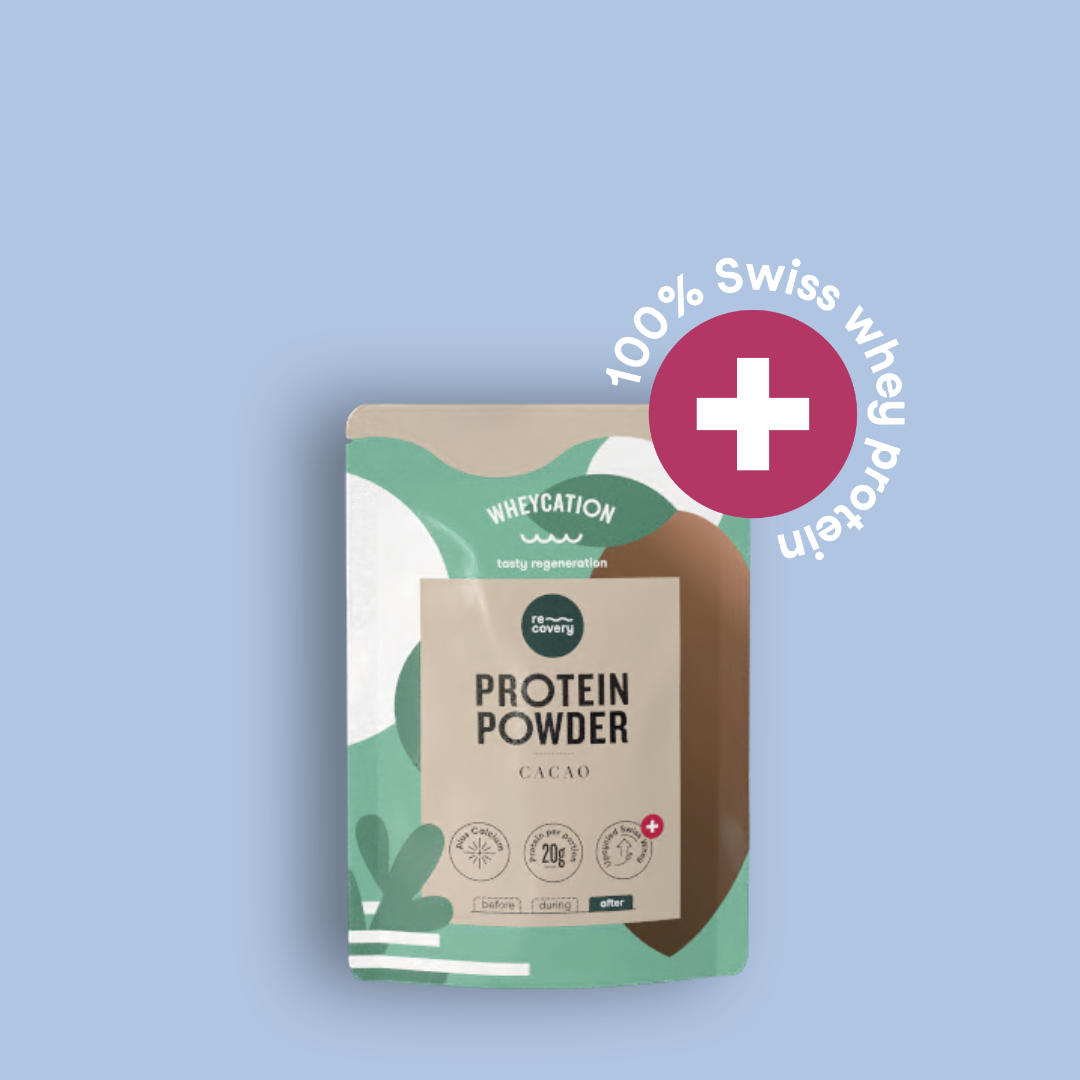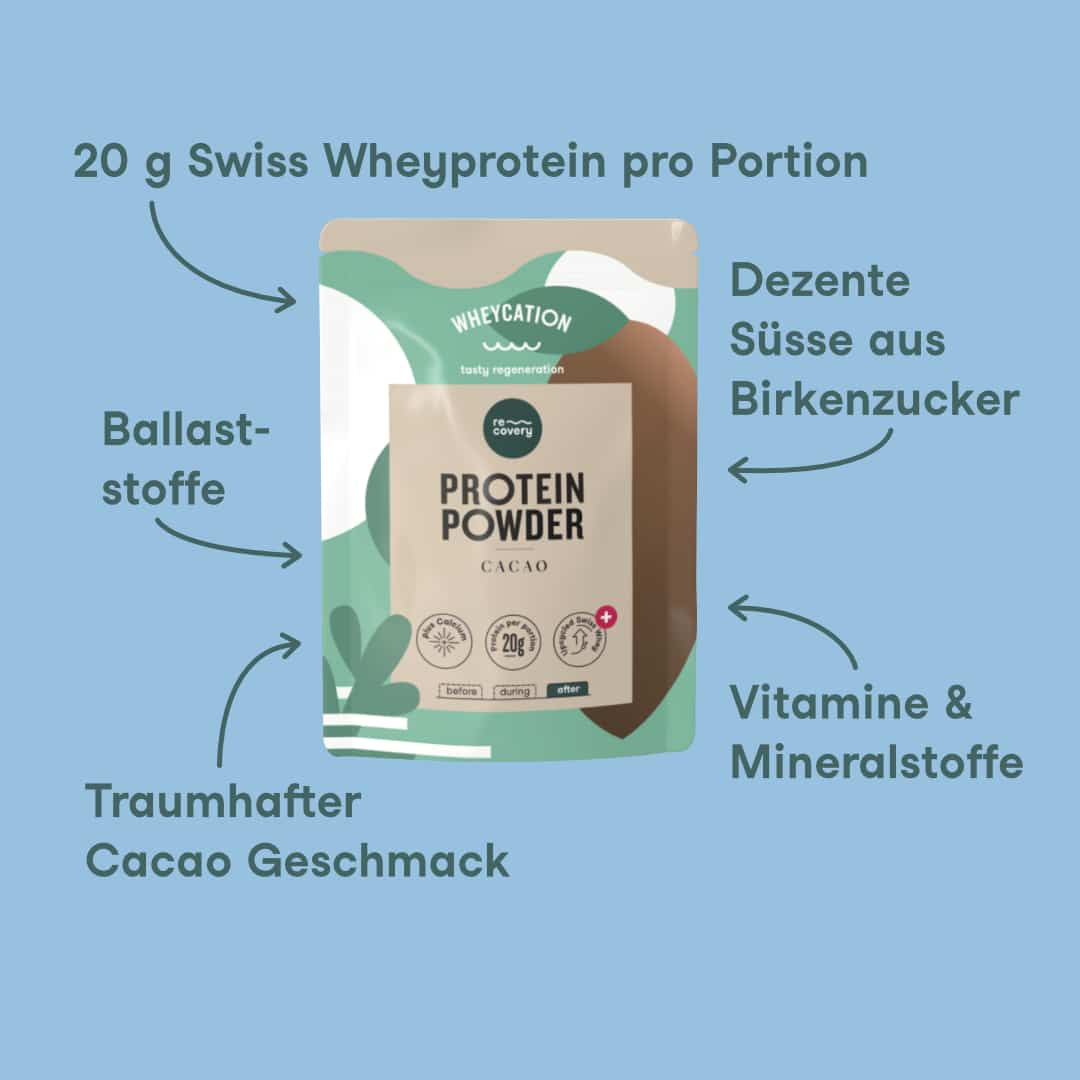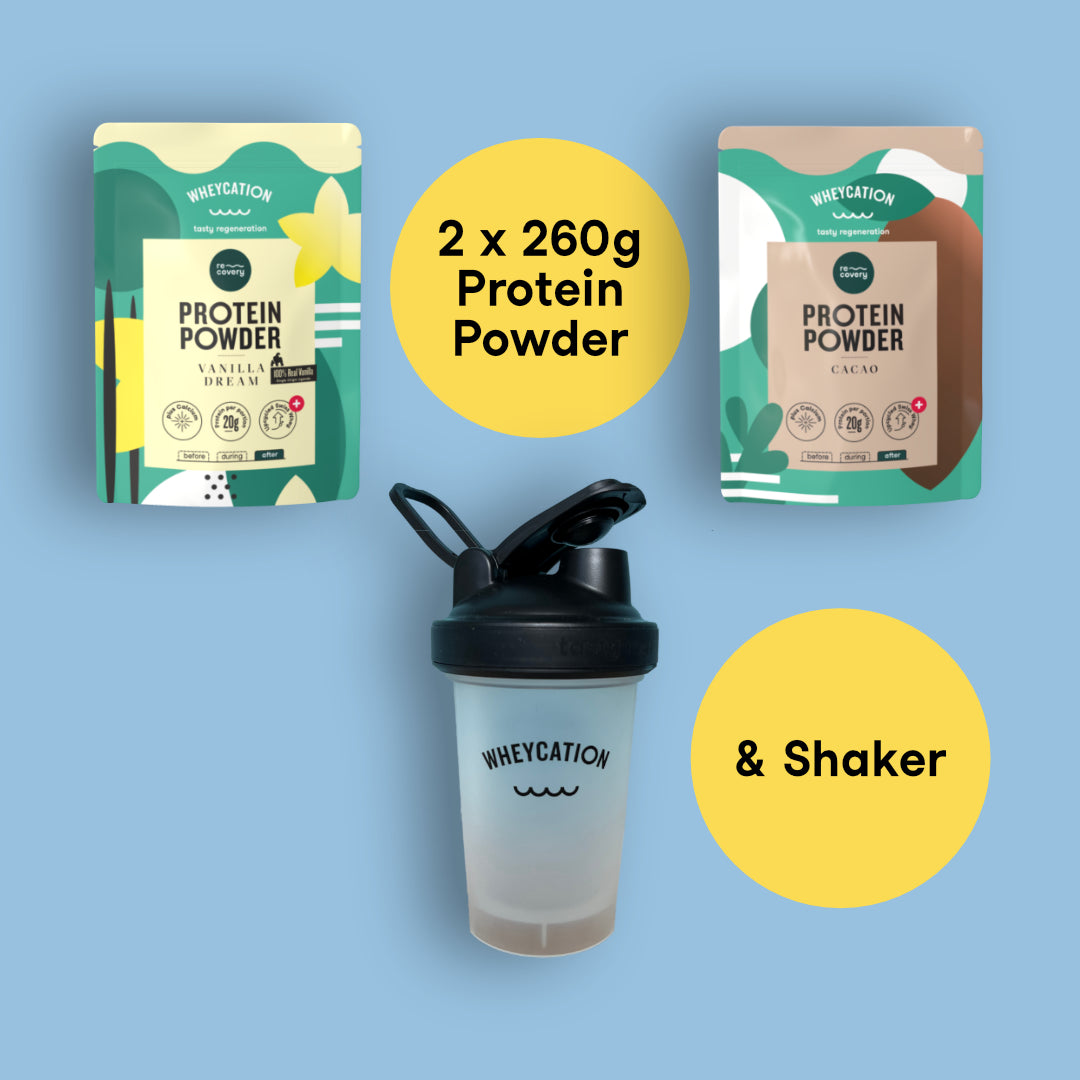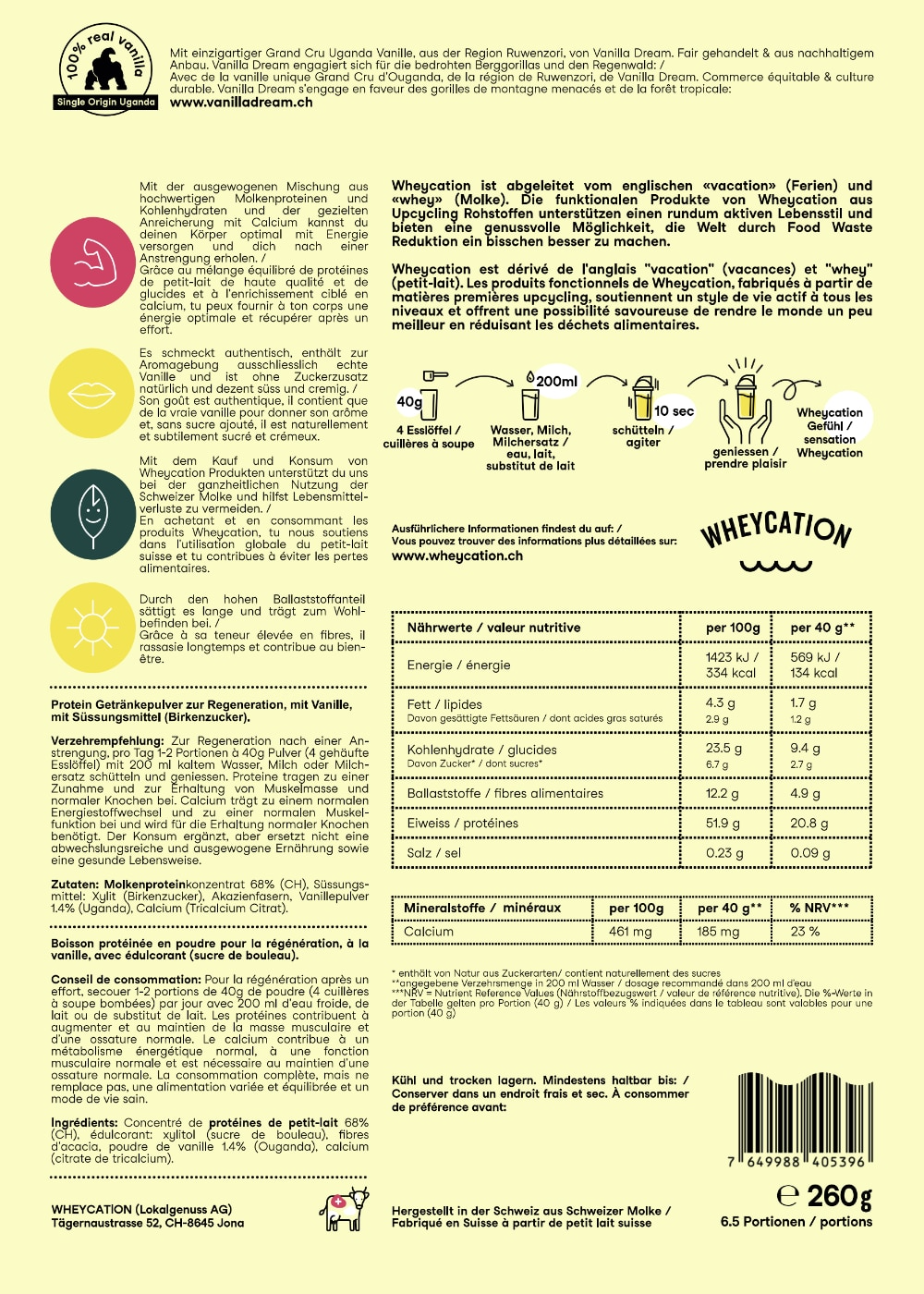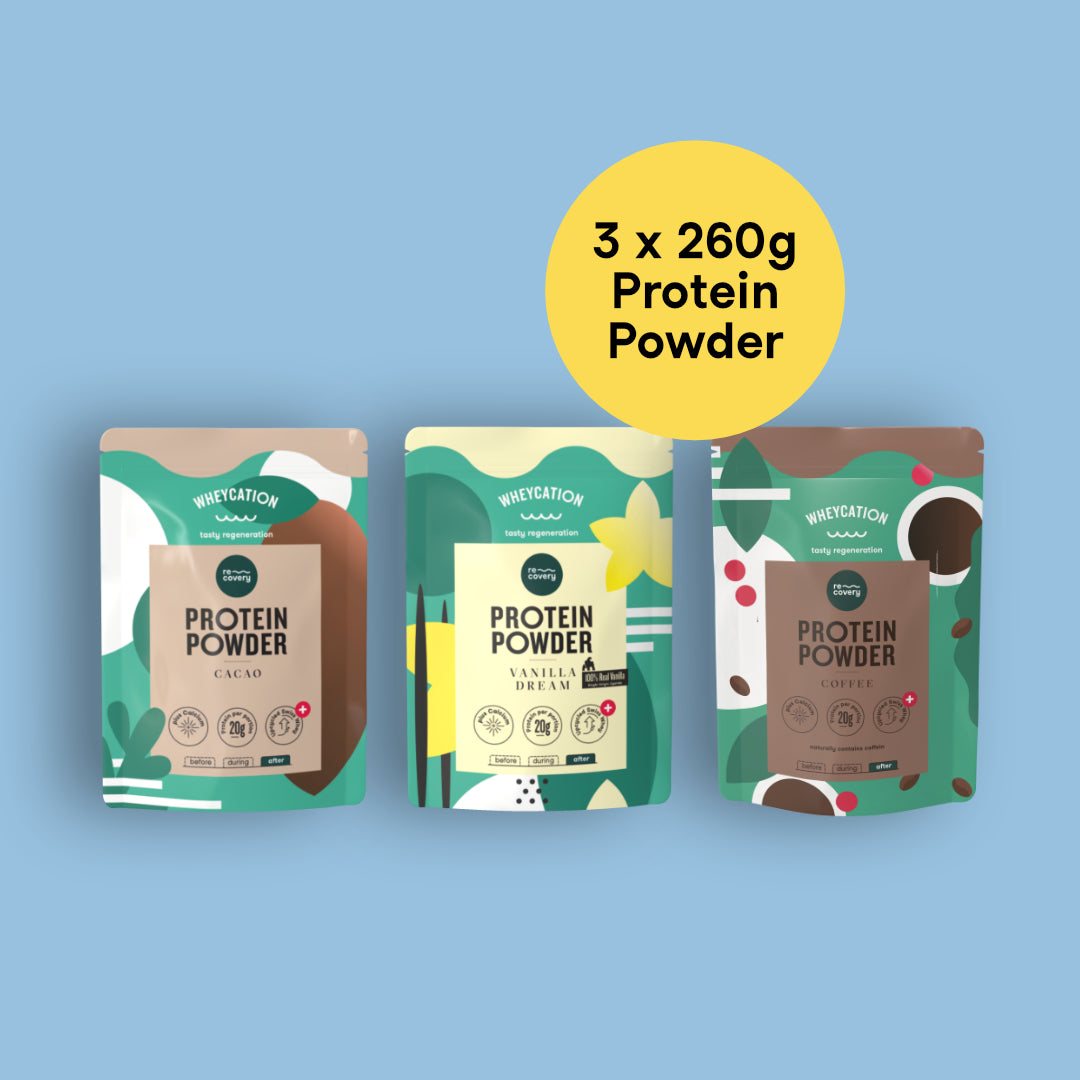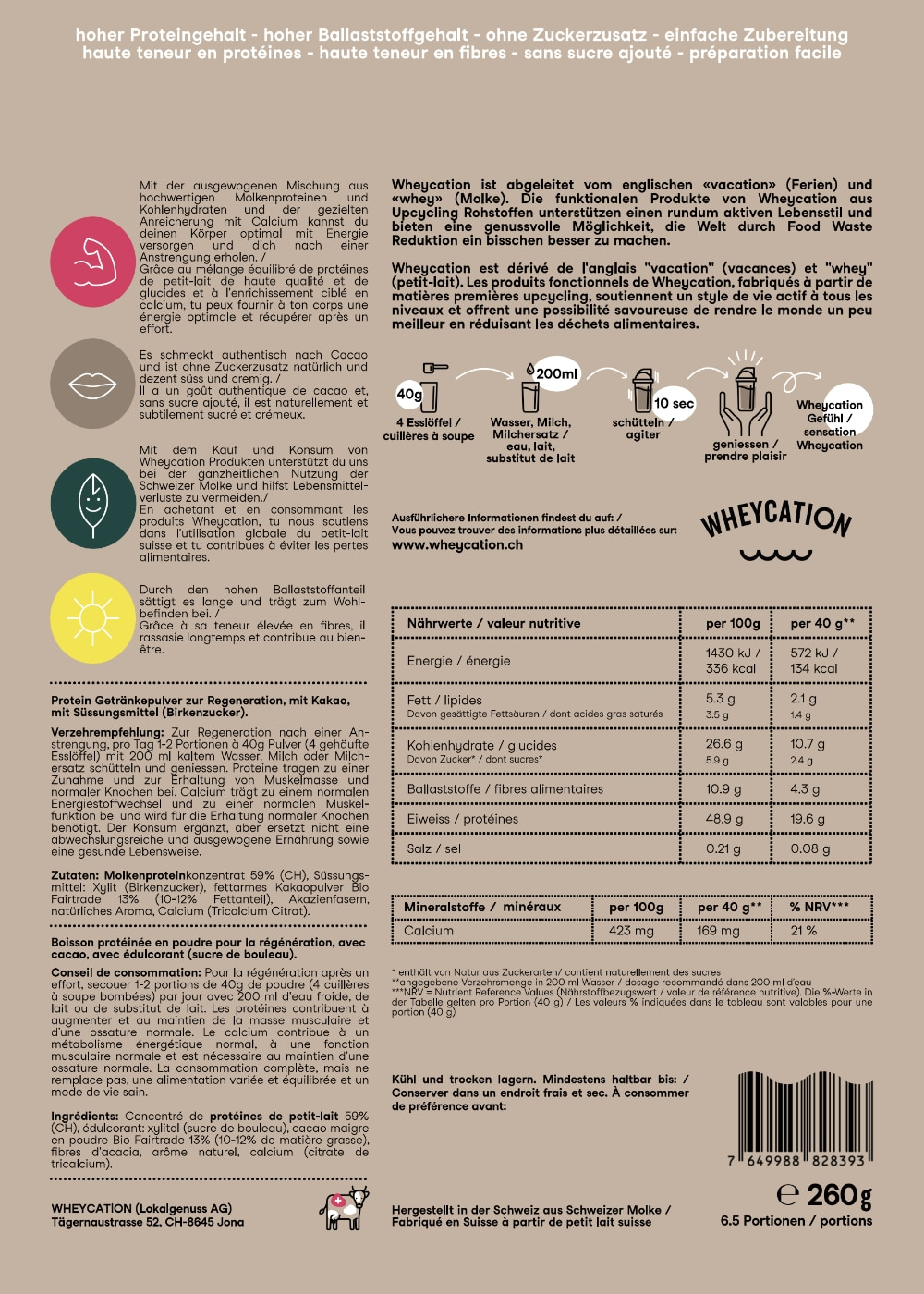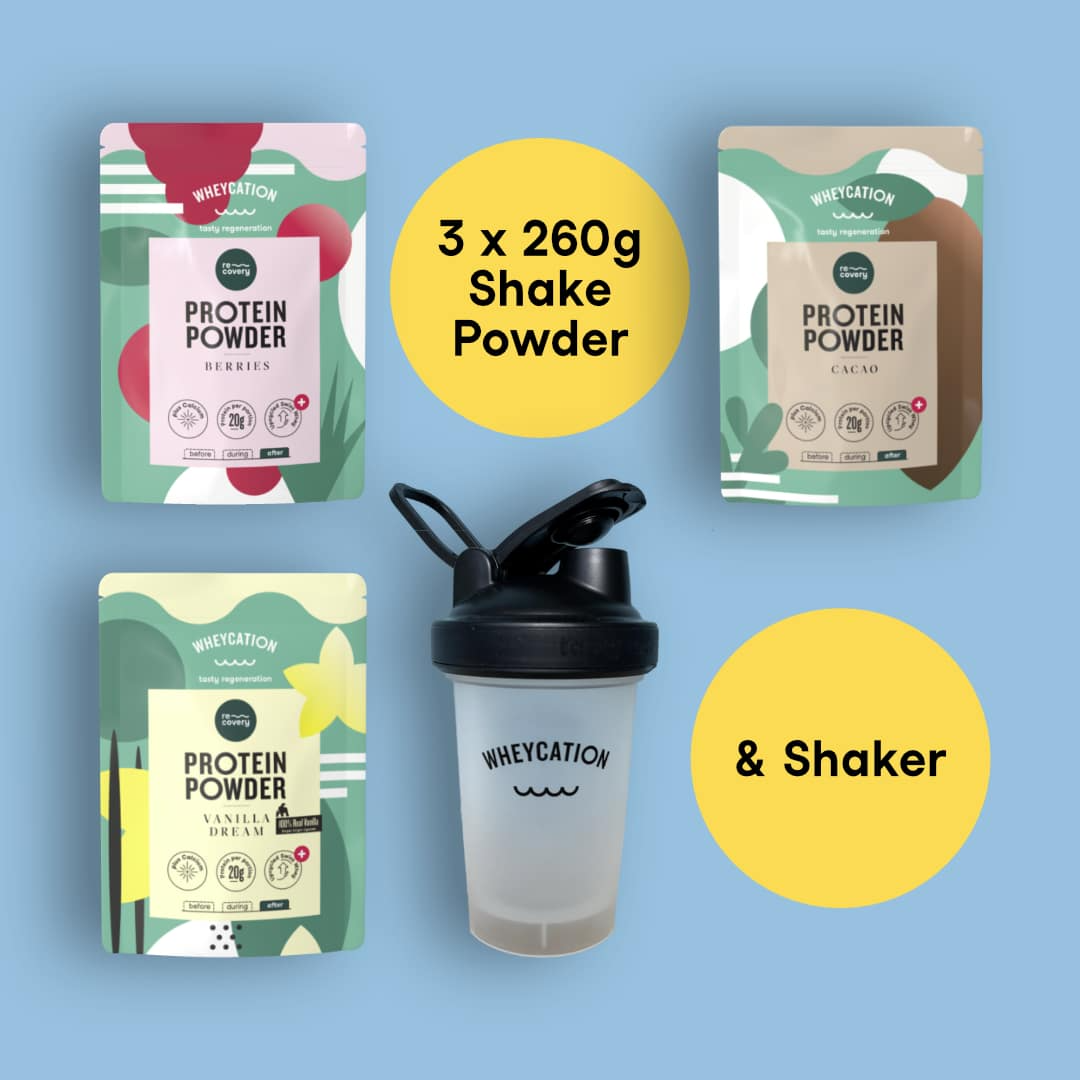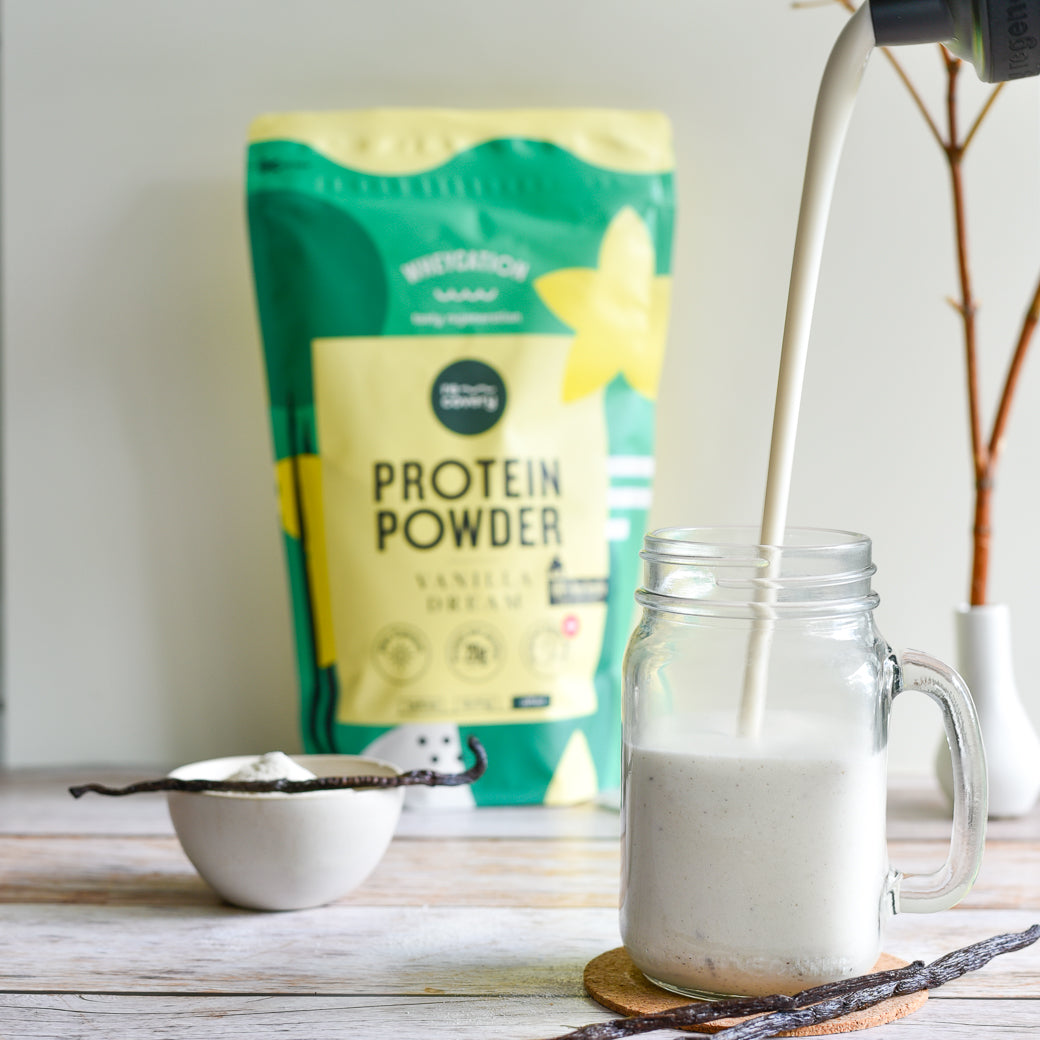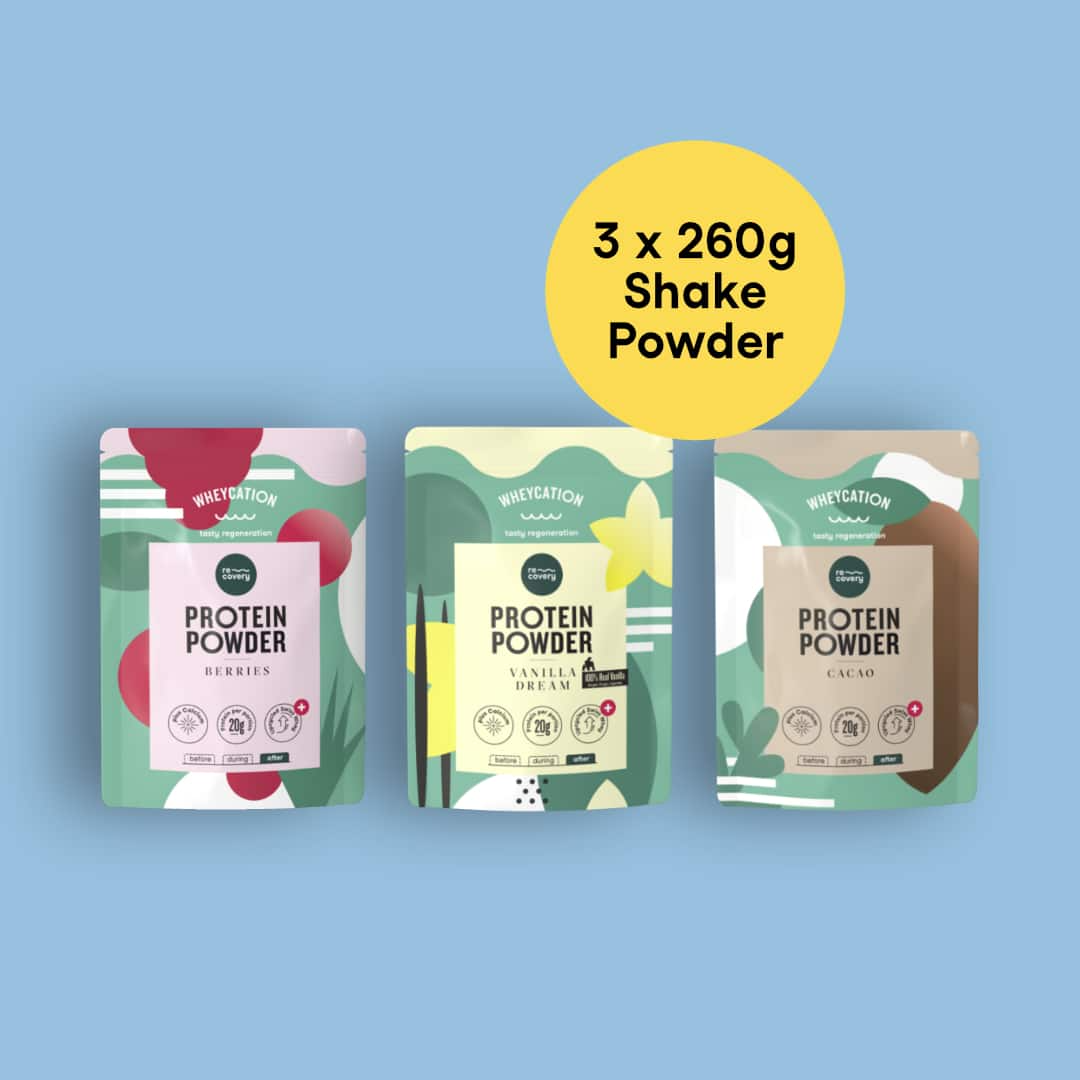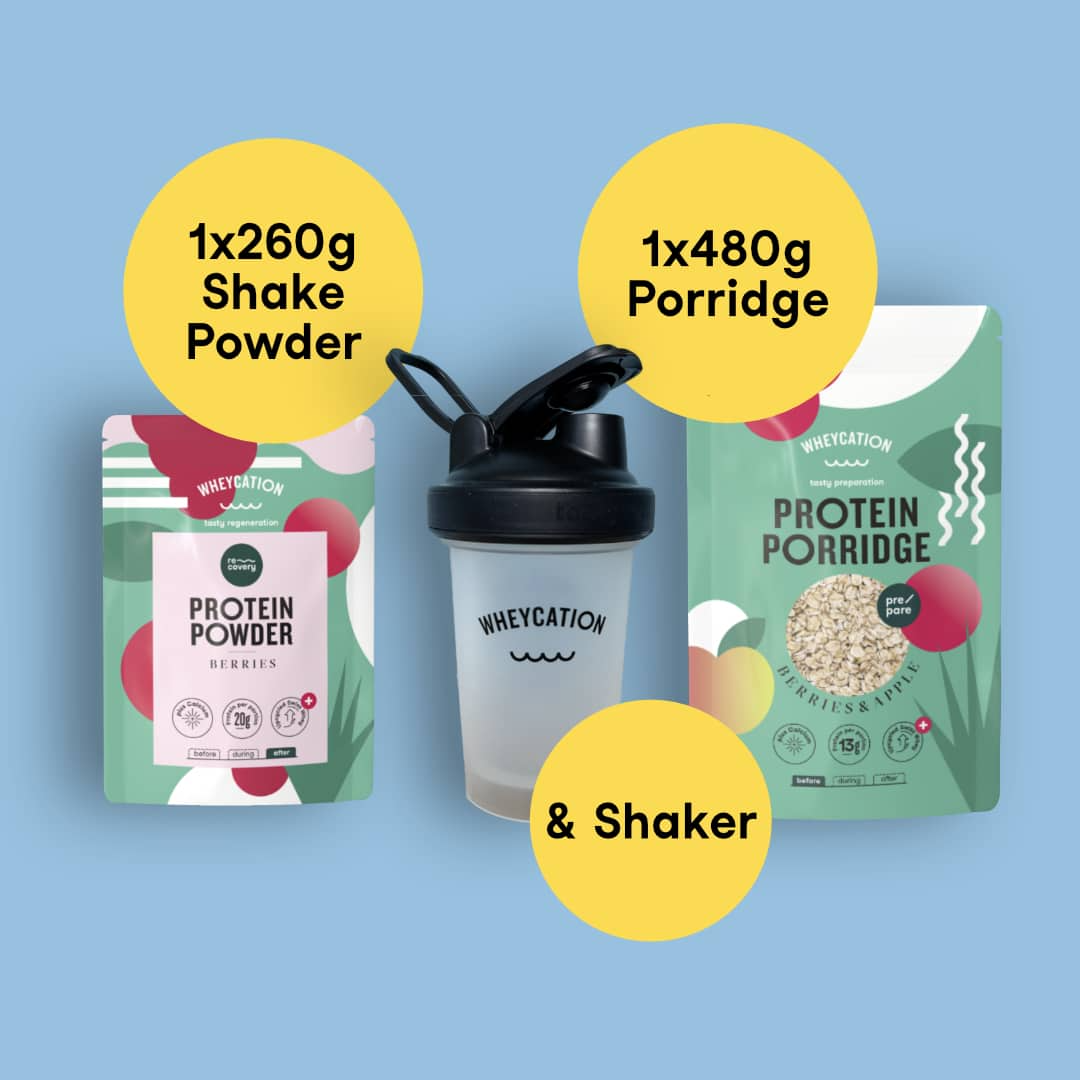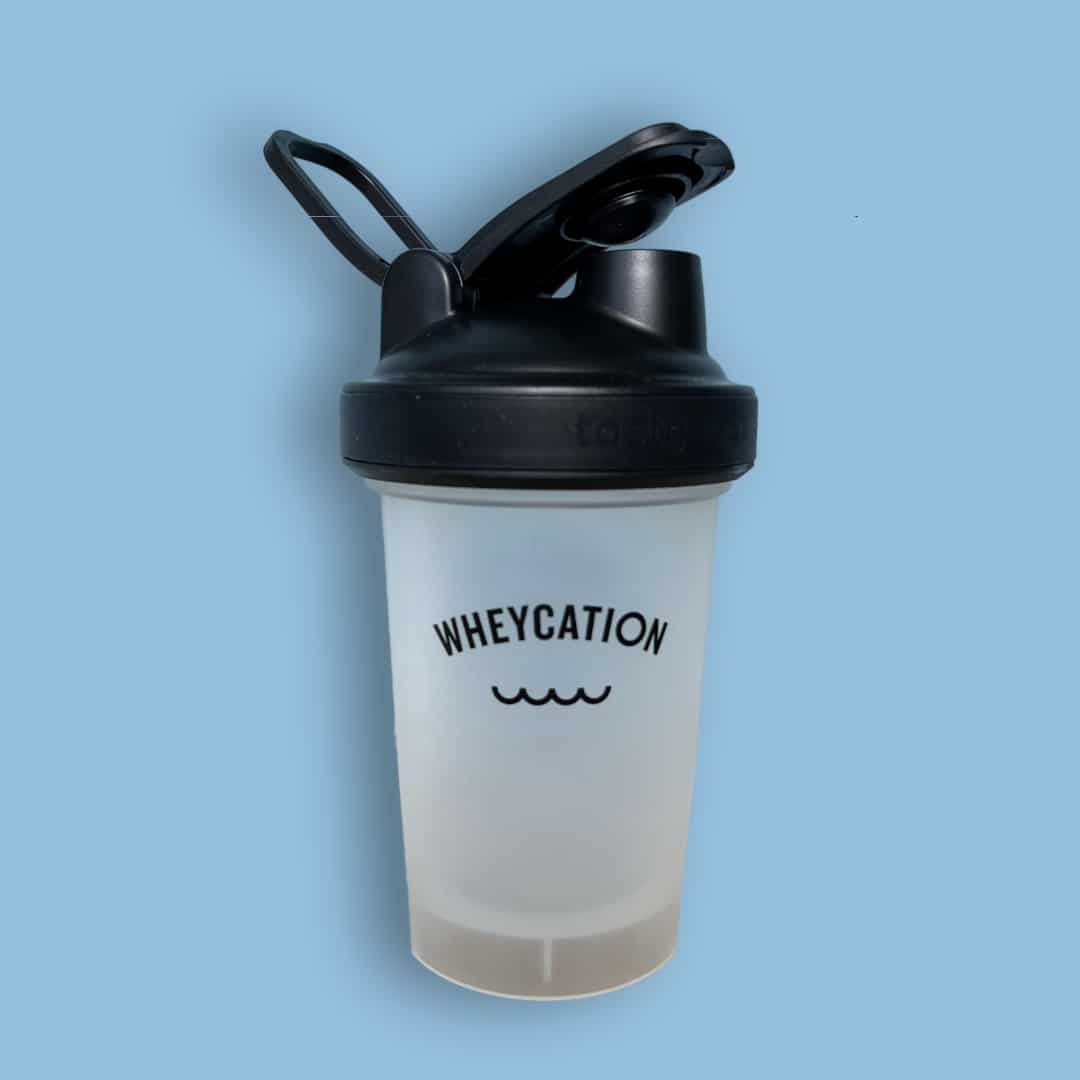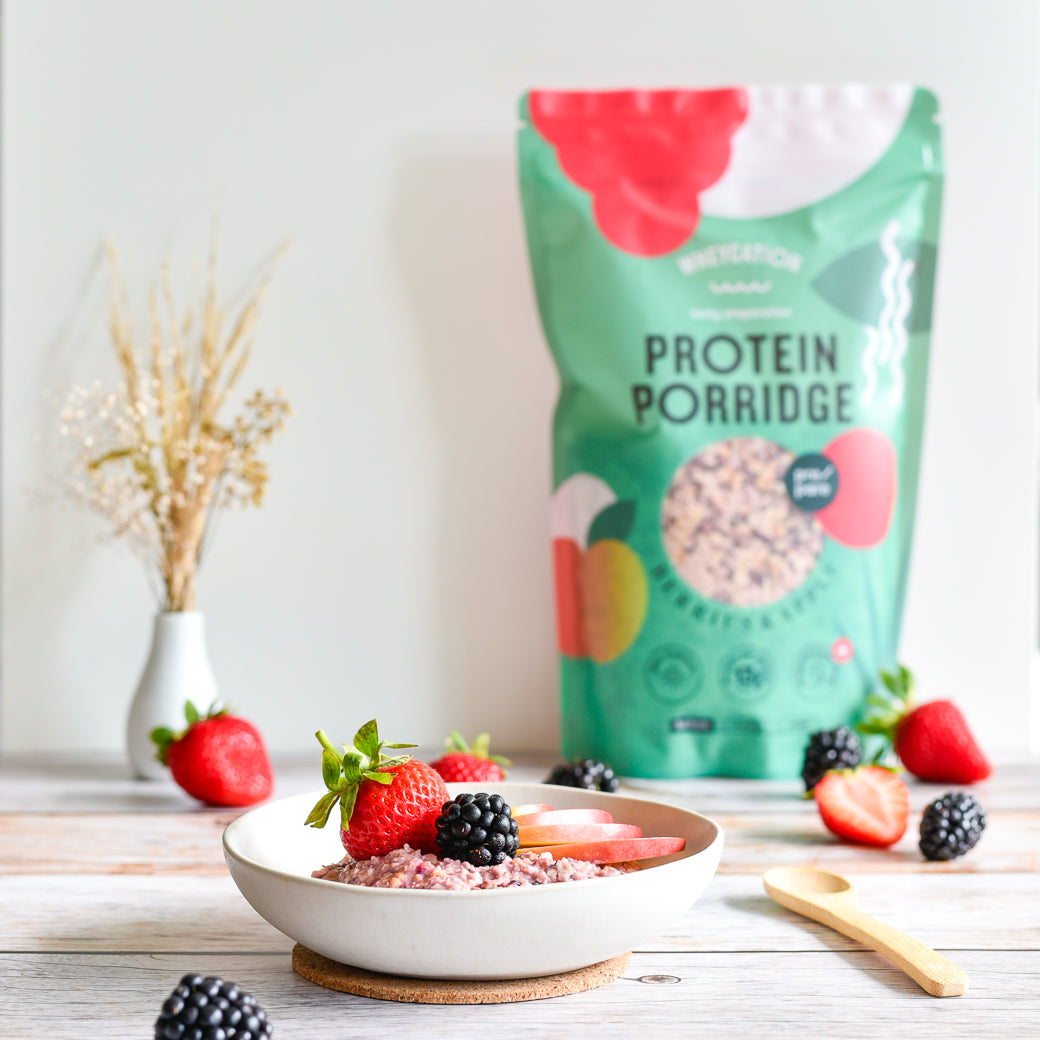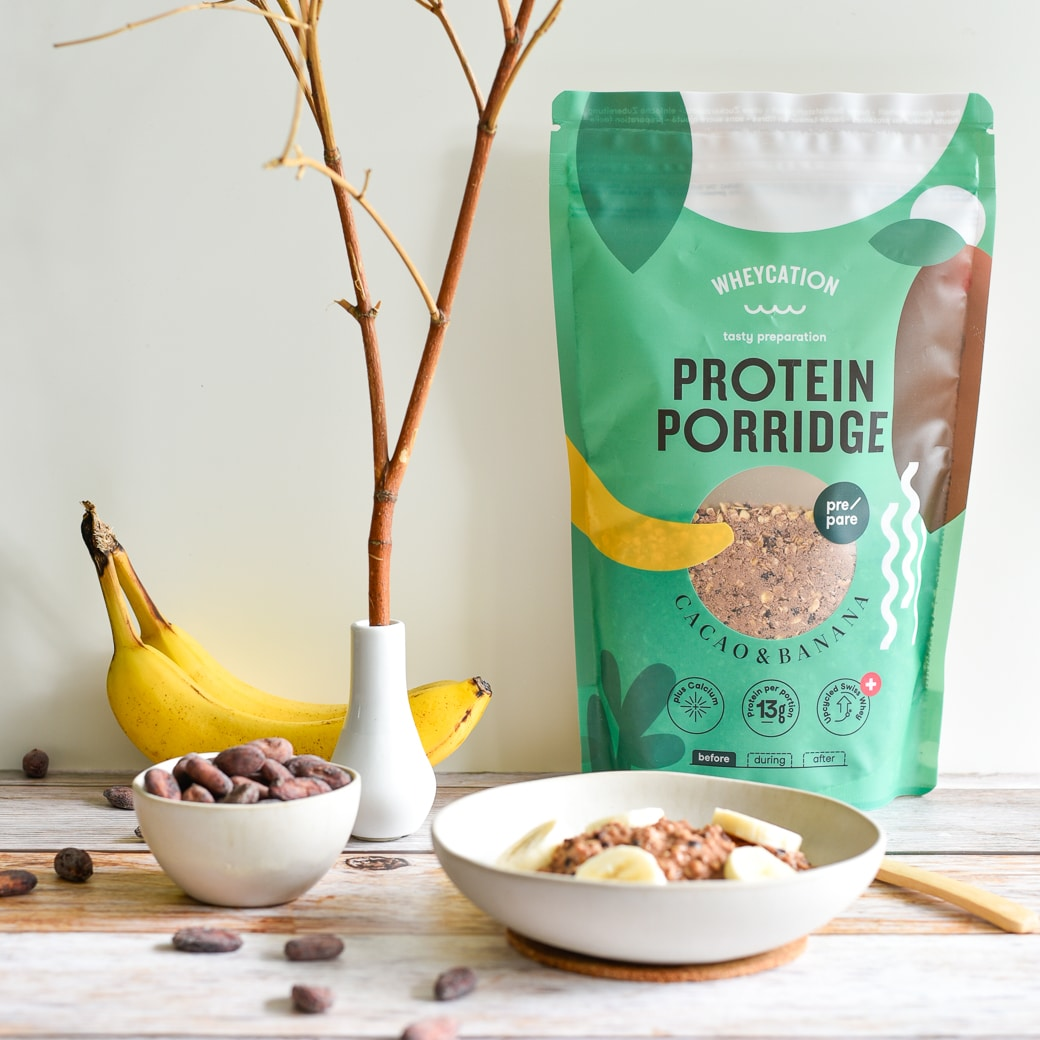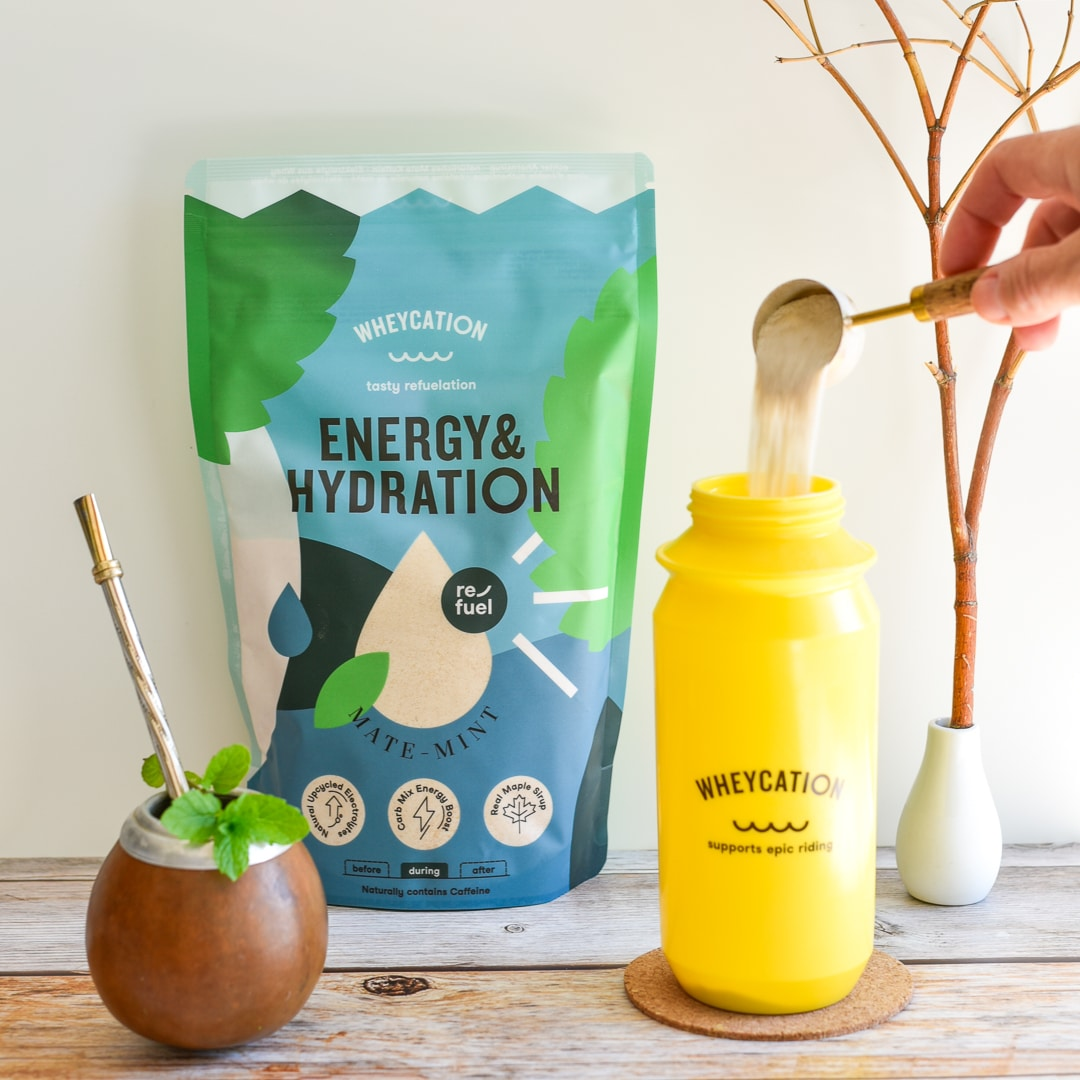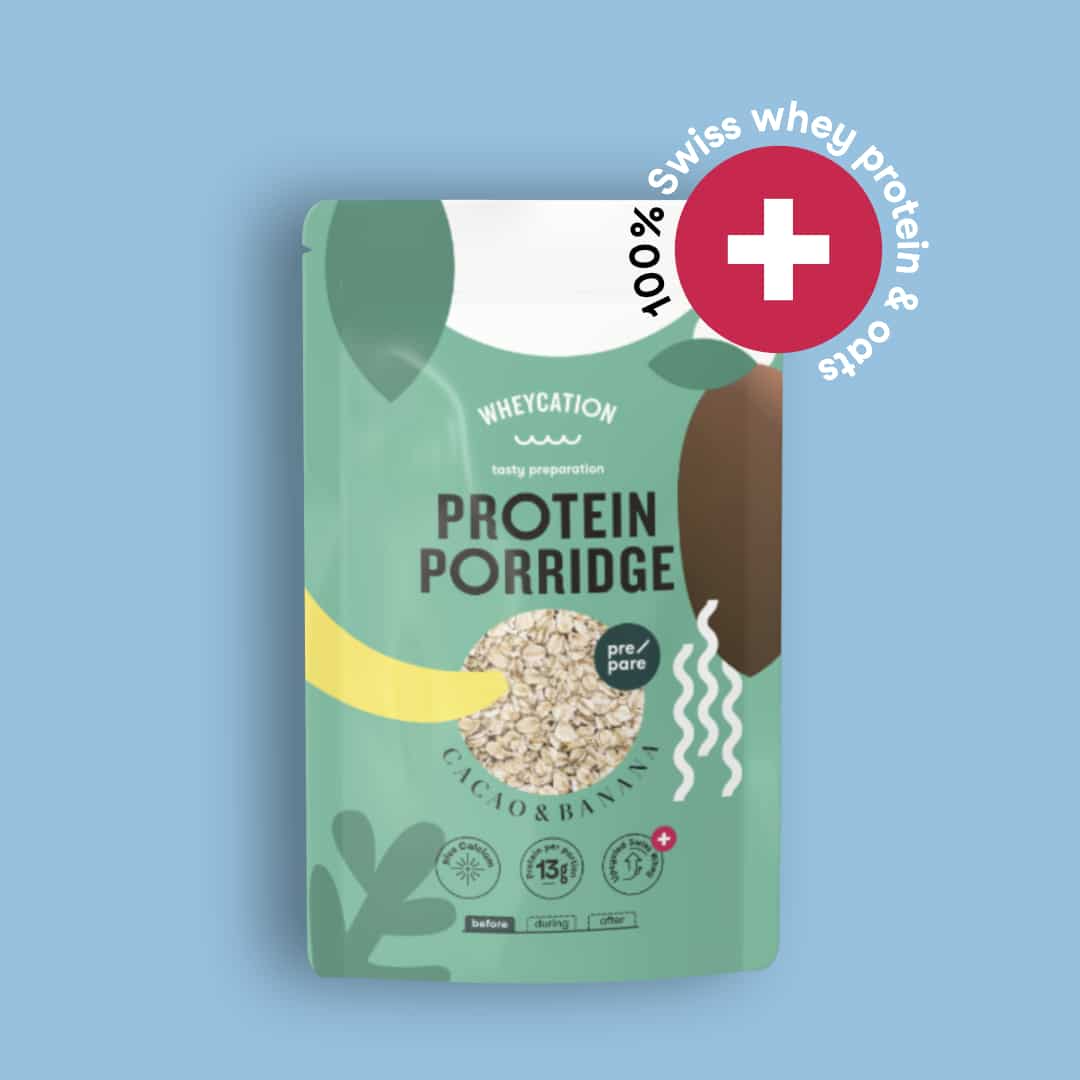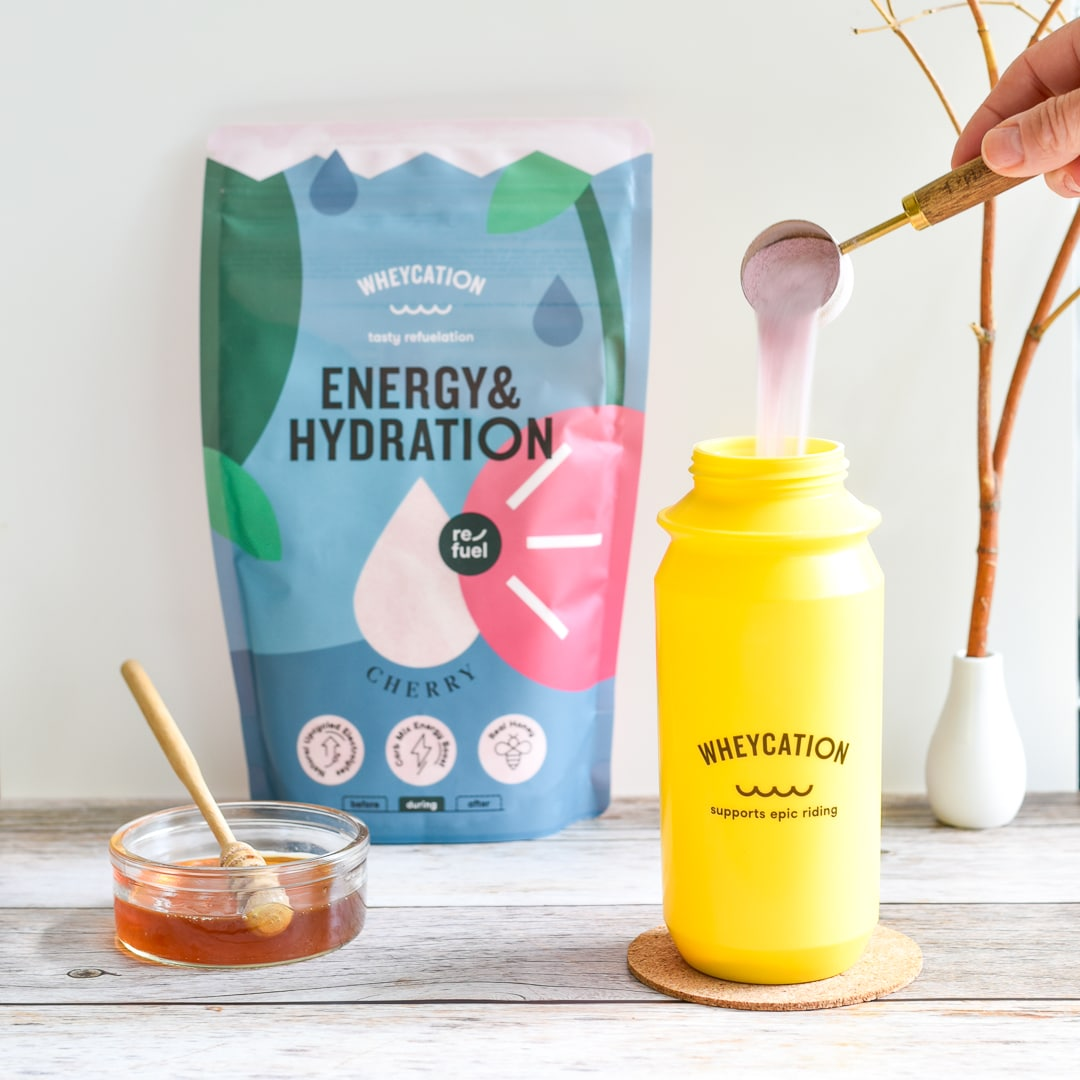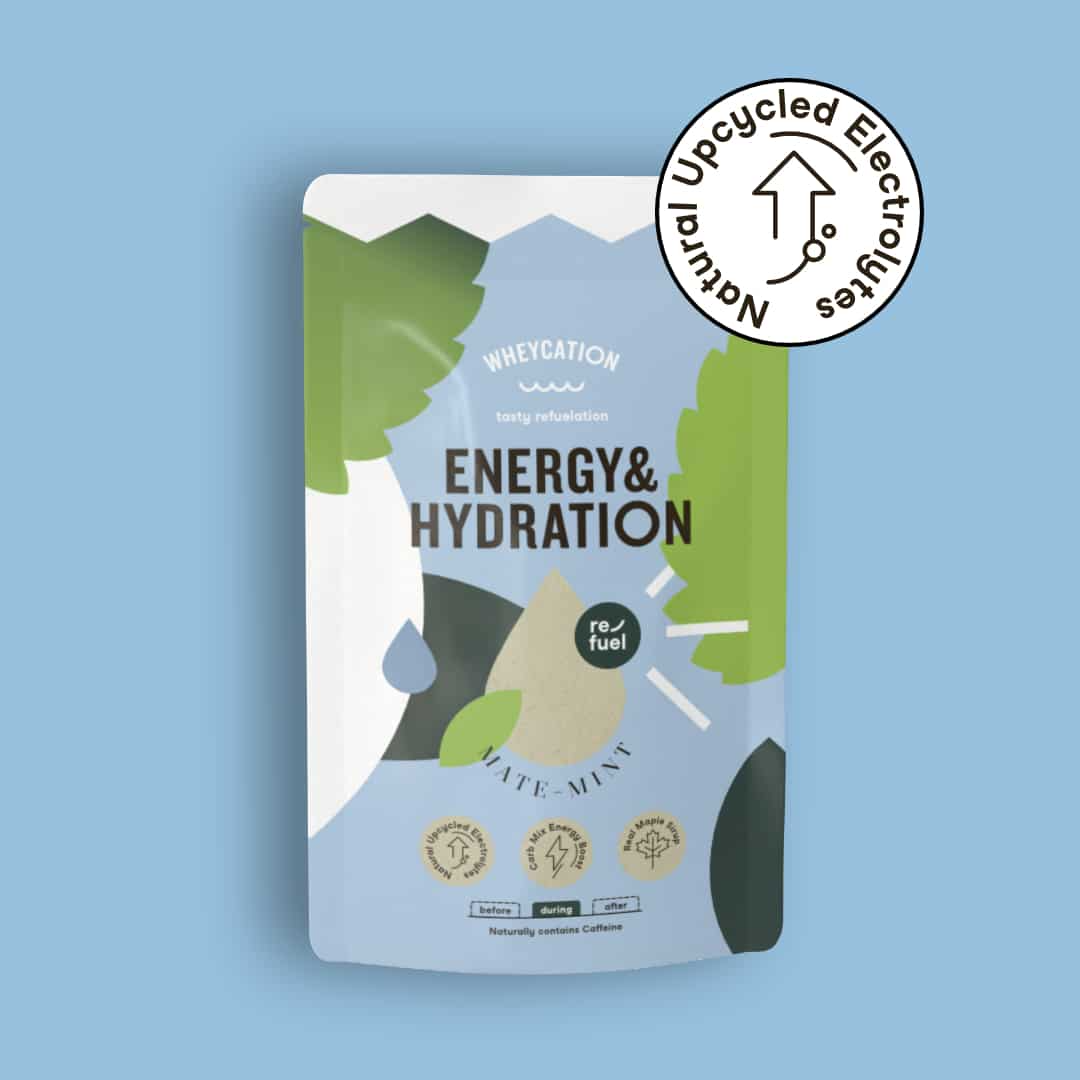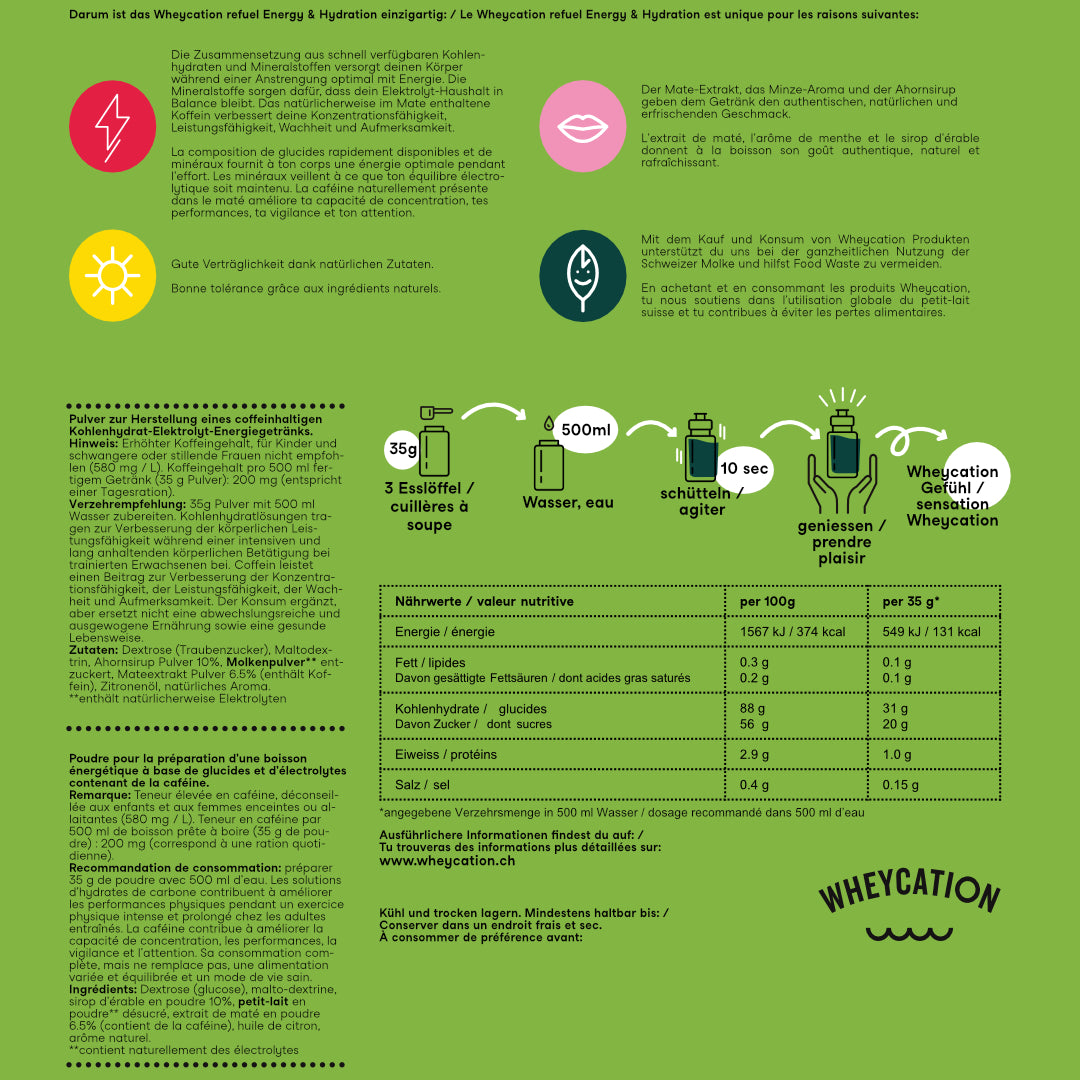Incredible amounts of resources are used to feed the world's population. Twenty-five percent of all greenhouse gas emissions come from agriculture, 70 percent of freshwater is used for agriculture, and one-third of all global energy is used for food production. At the same time, one-third of the food produced is wasted, and 20 percent of all deaths worldwide are directly linked to unhealthy diets. We therefore urgently need to produce more resource-efficiently and use raw materials to create healthier foods.
Every year, 2.8 million tons of avoidable food waste occur across all stages of the Swiss food chain. This produced but unconsumed food leads to unnecessary CO2 emissions, biodiversity loss, and land and water consumption. Food waste generates 25 percent of the environmental impact of Switzerland's entire diet, roughly equivalent to half of private motorized transport.
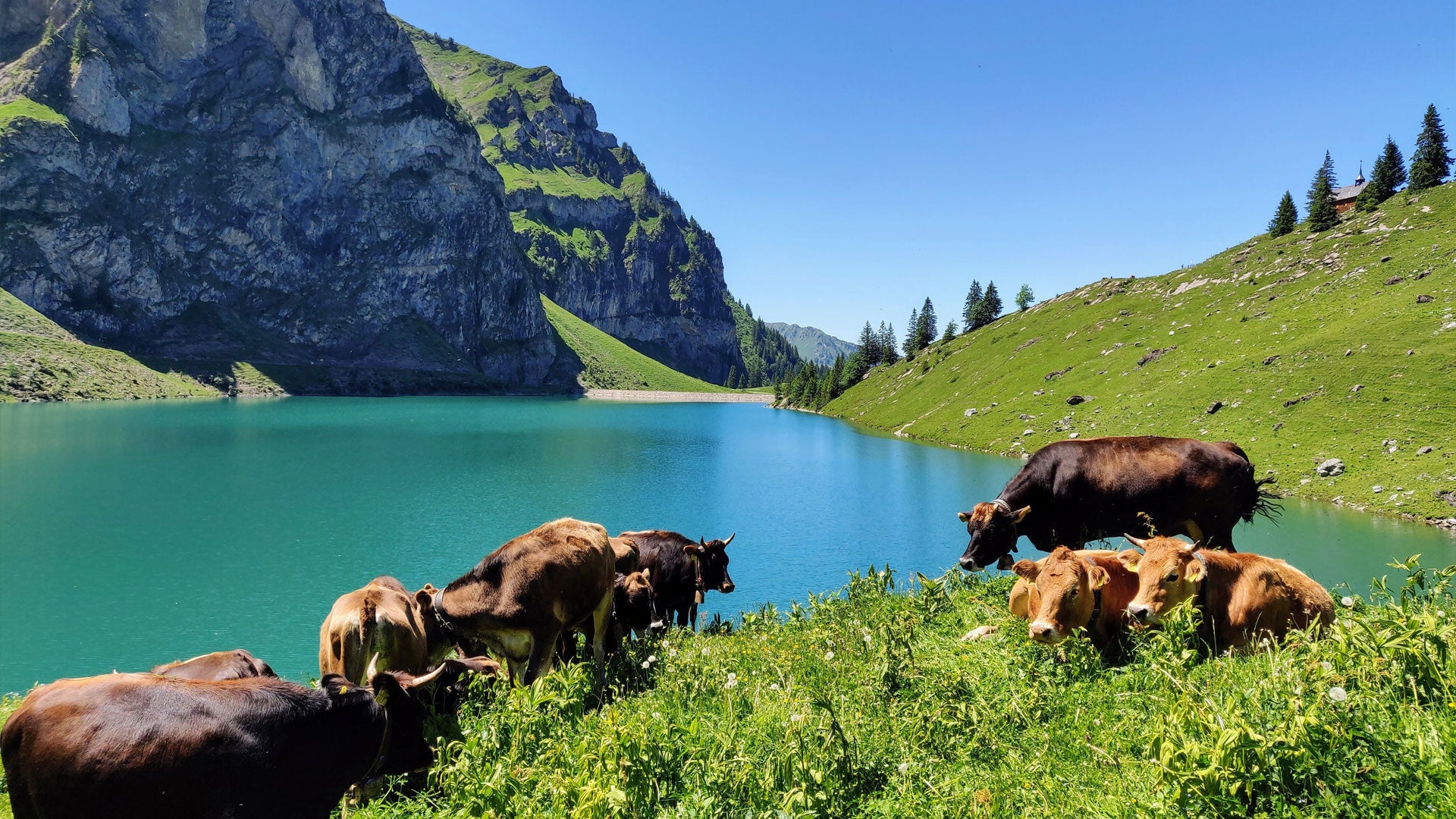
Environmental impacts from whey waste
Whey proteins have a wide range of functions. They contribute to muscle building and inhibit muscle protein breakdown, they have antioxidant properties, and they strengthen the immune system, especially in combination with increased physical activity. The proteins also have a positive effect on the intestinal flora, cardiovascular diseases, and bone metabolism. The quality of proteins is usually expressed as their biological value. This is a measure of the suitability of a dietary protein as a substitute for body protein. The biological value of whey proteins is very high due to their high content of all essential amino acids, i.e., protein building blocks that the body cannot produce itself but needs for proper metabolism.
Whey also contains the minerals potassium, calcium, and phosphorus, as well as vitamins B1, B2, B6, B12, and pantothenic acid in nutritionally relevant concentrations. Other minerals and trace elements found in whey include magnesium, zinc, iron, copper, and iodine. This list is not exhaustive. Whey contains many other valuable, natural ingredients.
What is whey upcycling?
Upcycling whey and other byproducts of food production has enormous potential. Upcycling is a process of material enhancement in which materials are transformed into higher-quality products. Food-related upcycling involves using raw materials as ingredients that would otherwise be unconsumed and thus lost as food.
With new ideas, new technologies, and a lot of educational work, we can upgrade whey to create high-quality products, improve its taste, health benefits, and reputation, and make using whey financially attractive.
In ten years, we aim to be responsible for a 1 percent reduction in the environmental impact of all Swiss food waste and make an important contribution to promoting the circular economy in Swiss food production. The circular economy is a sustainable way of doing business. It is modeled on natural processes, which always function in cycles. In the linear production processes still prevalent today, raw materials are mined, products are manufactured, sold, consumed, and discarded, which leads to environmental pollution. In the circular economy, resource use, waste, emissions, and energy losses are minimized based on four different strategies:
- Regenerate: Improve natural ecosystems.
- Limit: Less resource consumption per product.
- Slow down: Reduce consumption and extend product life cycles through sharing, reusing, repairing and remanufacturing.
- Close: Recycling of no longer used products.
We aim for a gradual implementation of all four strategies. Our initial focus is on "limiting" by reducing resource consumption through the use of side streams. At the same time, we are committed to raising consumer awareness and encouraging more conscious consumption through campaigns and partnerships with other organizations. Wherever possible, we strive to use minimal and recyclable resources and operate locally to minimize transport routes.
We are also committed to regenerative agriculture. We invest a portion of our profits in projects that promote this type of "restorative" and resilient agriculture. Regenerative agriculture is not yet bound by any guidelines, but it is very similar to organic farming and, above all, takes local conditions into account. The goal is to create closed cycles and thus long-term sustainable and site-appropriate production systems, regenerate soil and ecosystems, produce healthy food, and contribute to climate regulation.
Of course, we can – and must – still improve in all areas. We don't aspire to be perfect, but we do strive to move step by step in the right direction. We question existing processes, seeking feasible solutions with intelligence and mindfulness. We invite you to take these steps with us, for a future with truly good food.
Sources
- Kopf-Bolanz et al., 2015 - Quantitative potential for the utilization of whey in food in Switzerland
- Beretta et al., 2019 - Food losses in Switzerland: environmental impact and prevention potential
- FOEN - Food waste
- FOEN - Circular Economy
- Bärtschi Daniel, 2021 - Book: The Earth Is What You Eat: Regenerative Agriculture for a Healthy Future
To the products
Recovery Protein Shake Cocoa 520g
Recovery Protein Shake Berries 520g
Protein Porridge Berries & Apple 480g
Recovery Protein Shake Coffee 520g
Recovery Protein Shake Coffee 520g
Recovery Protein Shake Coffee 260g
Recovery Protein Shake Cocoa 520g
Recovery Protein Shake Cocoa 260g
Starterset Protein 2x260g & Shaker
Starterset Protein 3x260g CACAO-VANILLA-COFFEE
Starter set protein 3x260g & Shaker
Starter set Protein Berries & Shaker
Starter set sports routine “Cacao”
Protein Porridge Berries & Apple 480g
Protein Porridge Cocoa & Banana 480g
Refuel Energy & Hydration Cherry 630g
Refuel Energy & Hydration Lemon 630g
Refuel Energy & Hydration Mate Mint 630g
Refuel Energy & Hydration Cherry 630g
Refuel Energy & Hydration Mate Mint 630g
